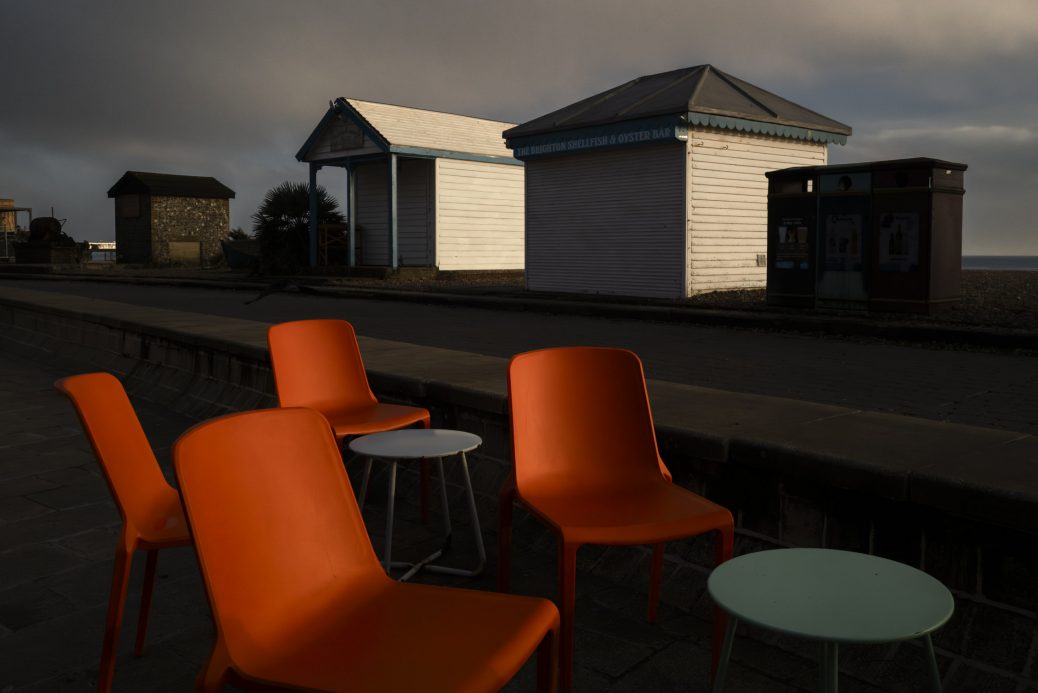Chris Harrison Wins the Best Series Award at the Fourth Exibart Street Contest
Dear Chris,
First of all, congratulations! You are the winner of our fourth Street Photography Competition in Best Series category and we are very happy to have this interview with you. Can you tell us something about yourself and about the winning series? What was the main source of inspiration for this photo series? What did you hope to communicate through these images?
My name is Chris Harrison and it is a huge honour to accept the award for Best Series Category in the 4th Exibart Street contest – thank you! Like a lot of street photographers, I have two lives. To support myself and my family I work as a brand consultant and graphic designer. I’ve been doing that for over 30 years now. I’m also a street photographer, which I try to do as much as I can in between brand consultancy projects. I take my camera with me everywhere – I never leave the house without it. It’s probably one of the best habits I’ve developed, because you really never know when a photographic opportunity will present itself. Some of what I consider to be my best photographs have been taken in between times while I’ve been doing other things, or on my way home from work.
The main source of inspiration for the series I submitted to the Exibart contest was my home city of Brighton in the UK. I know Brighton very well, I’ve been living here for over 20 years now. So the challenge I set myself was to try and see the city in a different way. Brighton is a very popular seaside town, and we get millions of visitors every year. We’re used to seeing and thinking about Brighton in a particular way, but I wanted to create a new vision of the city. With that challenge in mind I try to go out into the street with no expectations of what I might find. I try to keep my mind as close to a blank slate as possible – which isn’t always easy. If I’m trying to communicate anything at all through the images, it’s maybe just the joy of looking and taking an interest in the everyday scenes around me. Everything is interesting.
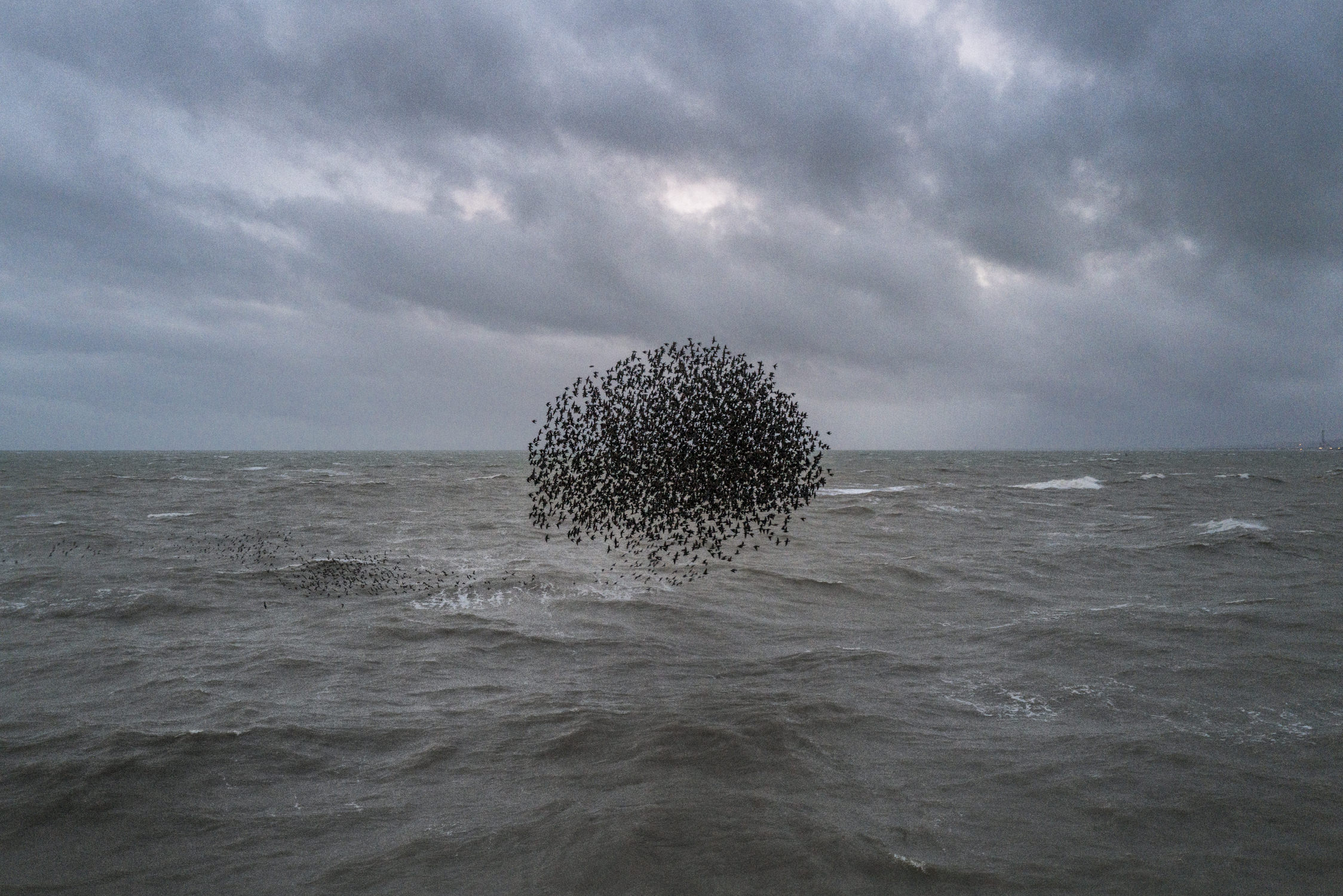
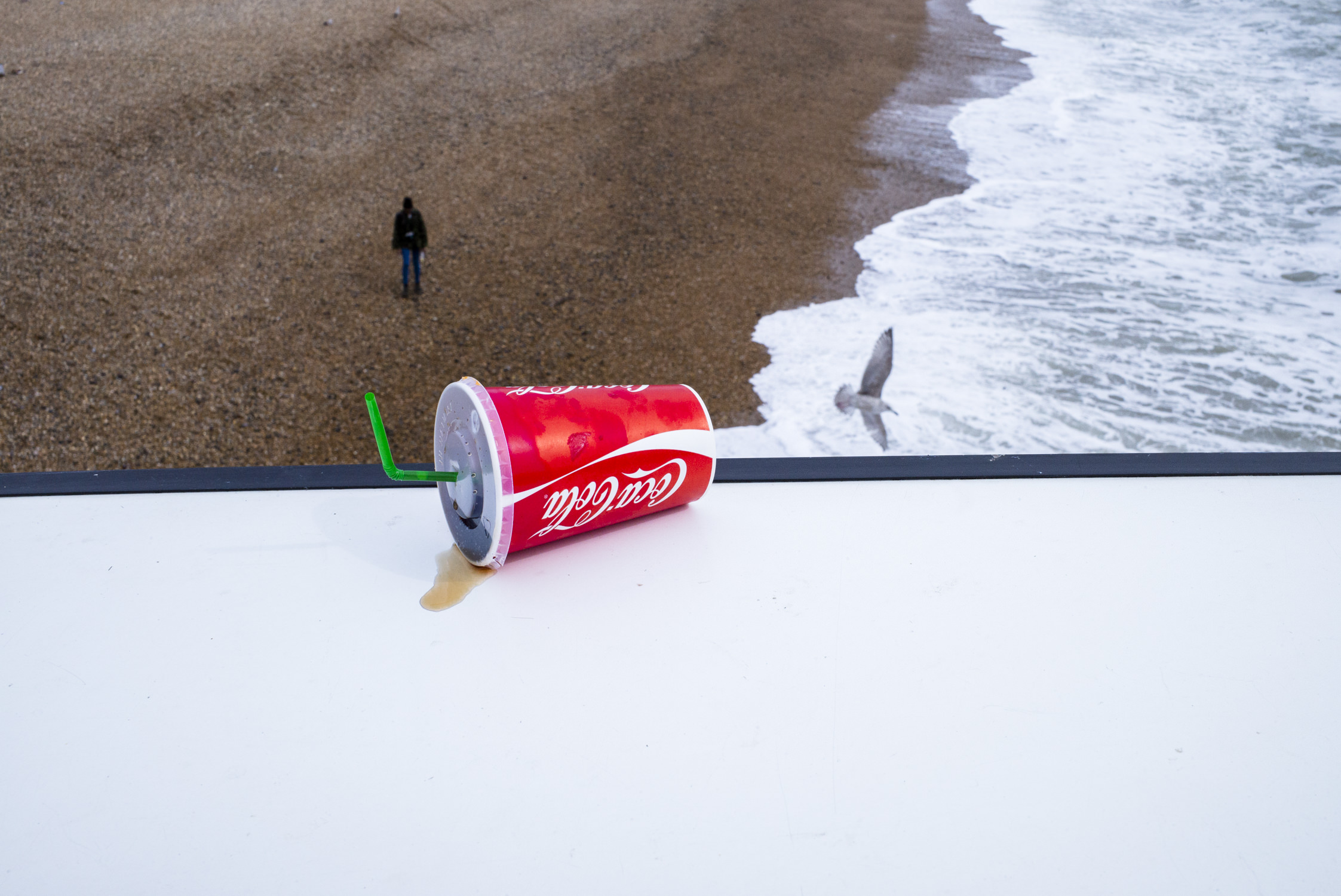
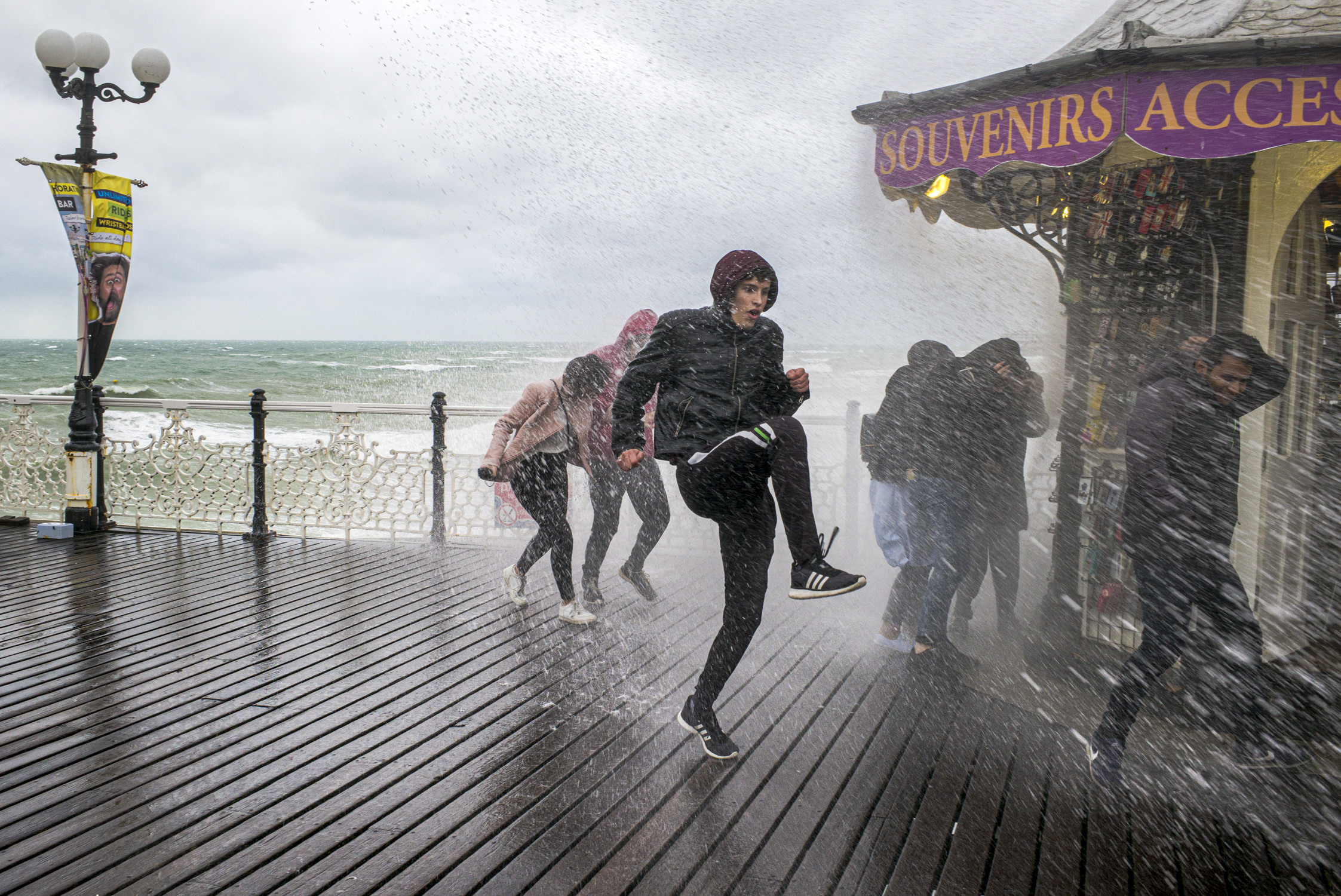
How do you choose the subjects or scenes to photograph?
I try to use my intuition and instincts as much as I can. It’s very easy to talk myself out of taking a photograph, which is why it’s important to try and tune into my gut feeling for a scene – rather than be too rational and over-think things. I don’t find this easy at all. Usually I’m trying too hard to find scenes or things that interest me. But if I can sit back, relax and trust that the images will eventually find me, then that can be a good place to work from. I also like to play with curiosity too. Gueorgui Pinkhassov says that; “the only thing that counts is your curiosity”, and I really believe that is true.
Is there a theme or thread you follow when creating a new series?
I think the theme for a series is usually one that evolves naturally, rather than having a rigid idea at the beginning of a project. My series of the shots that I made in Brighton started off as a project that was intended to be exploring Brighton in the ‘low season’, the quieter winter months when there are fewer tourists and visitors around. However I broadened out the scope of the project to include the whole year and all seasons. This gave me more freedom to include images that wouldn’t have fitted into a ‘low season’ theme, and also helped me to establish what the project was actually about. Sideshow is literally looking at the less significant scenes, call them mundane or ordinary, but what they are not is the ‘main event’. I liked that as a theme, it helped me to understand what I had been looking at, which I would have found difficult to articulate at the start of the project.
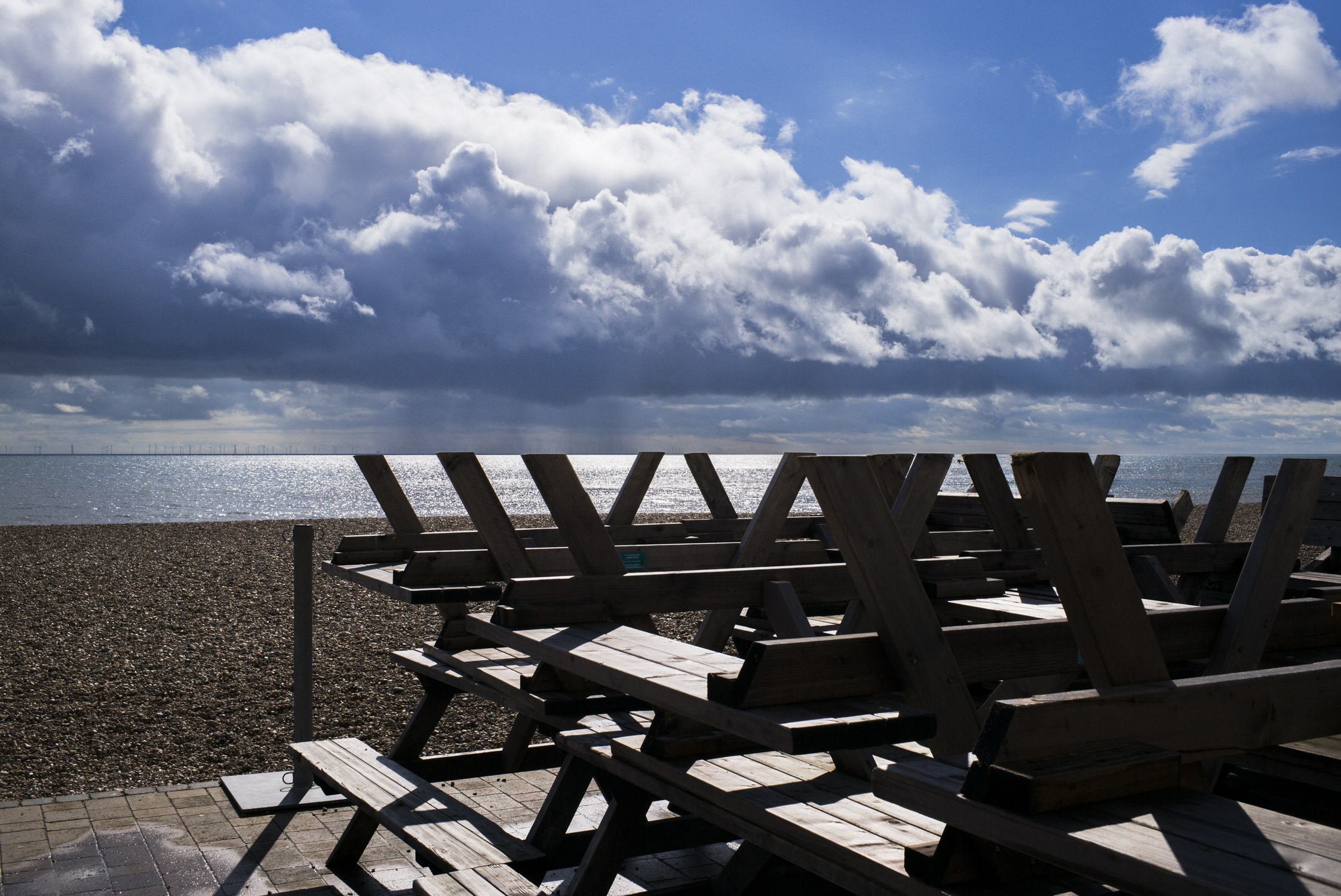
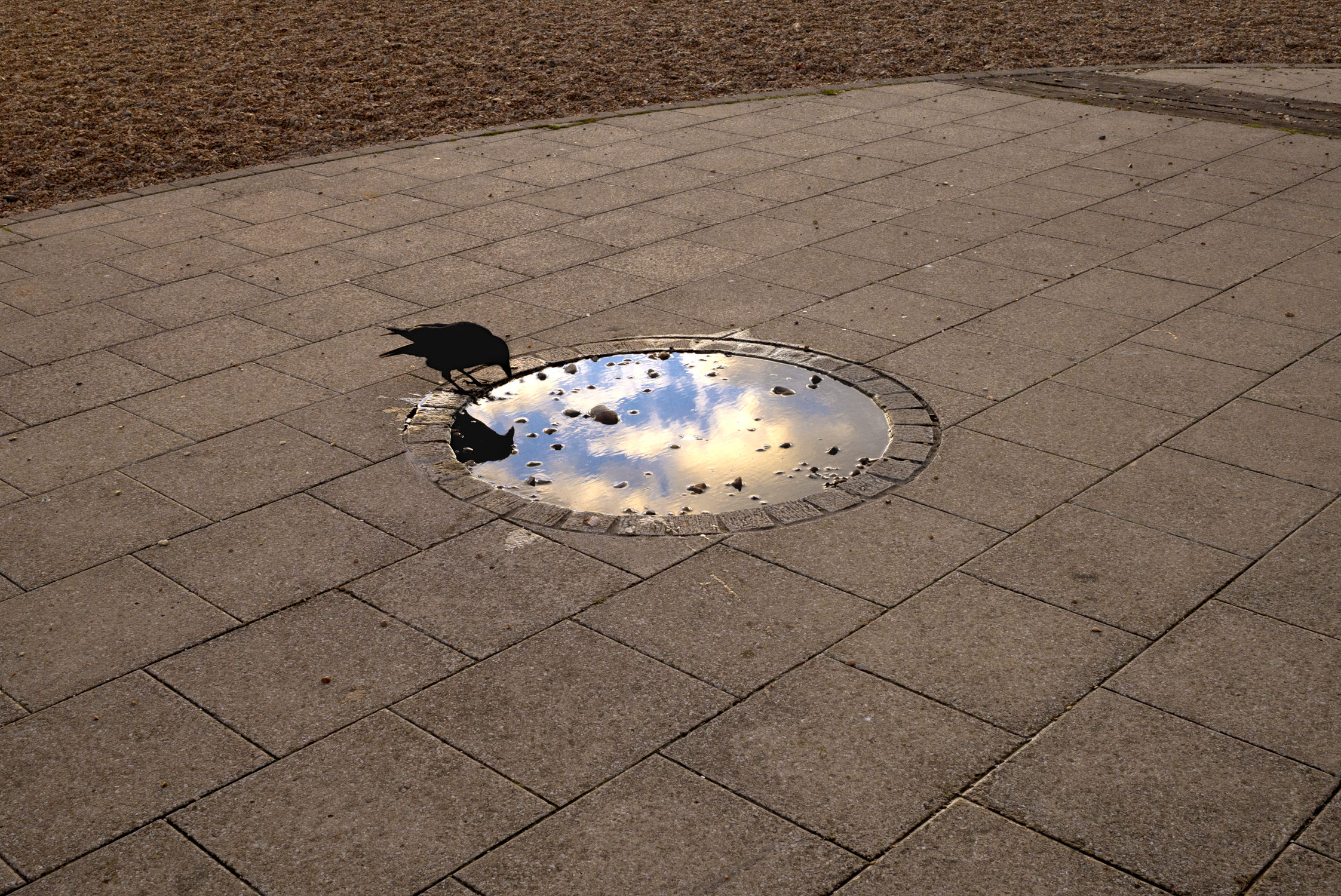
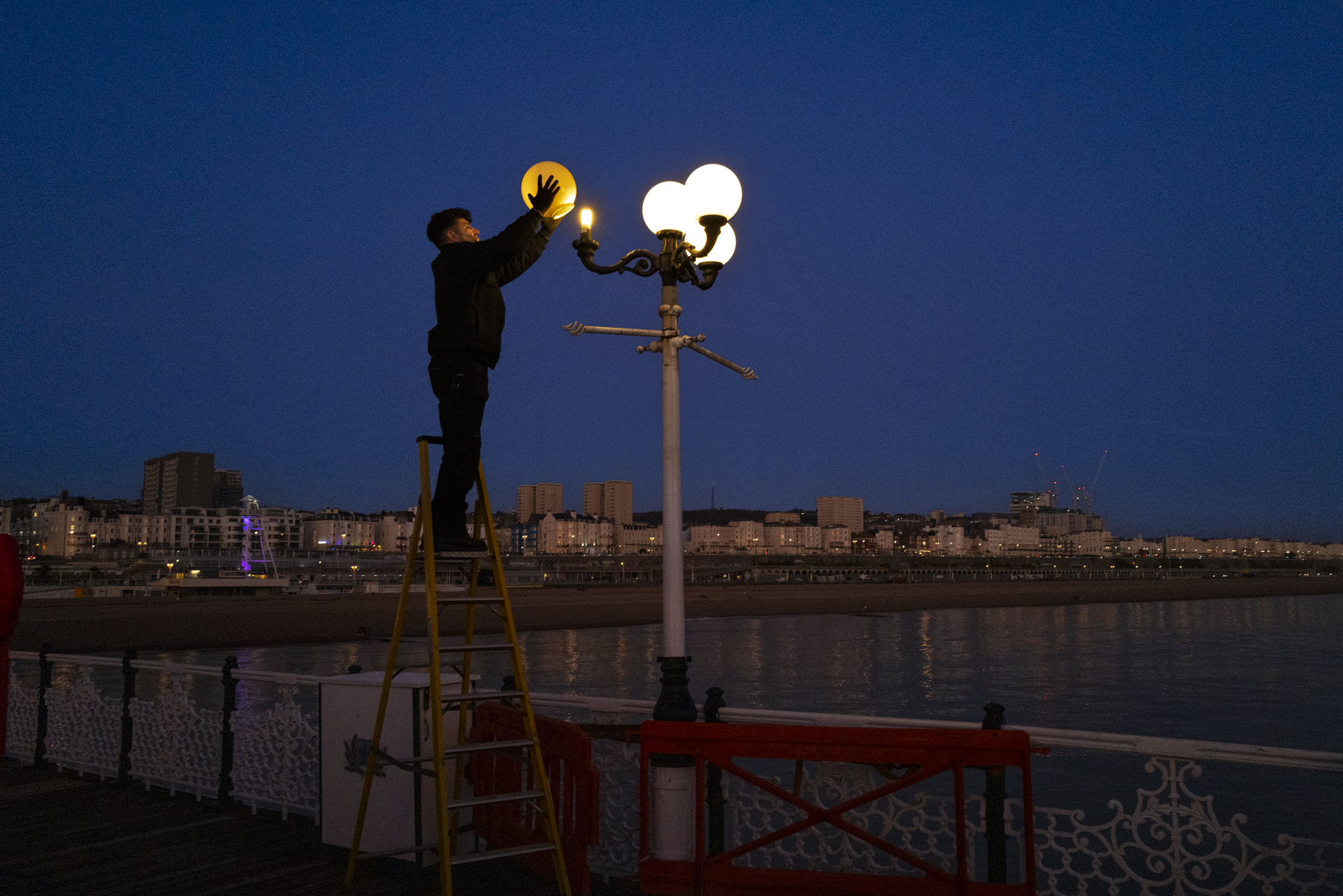
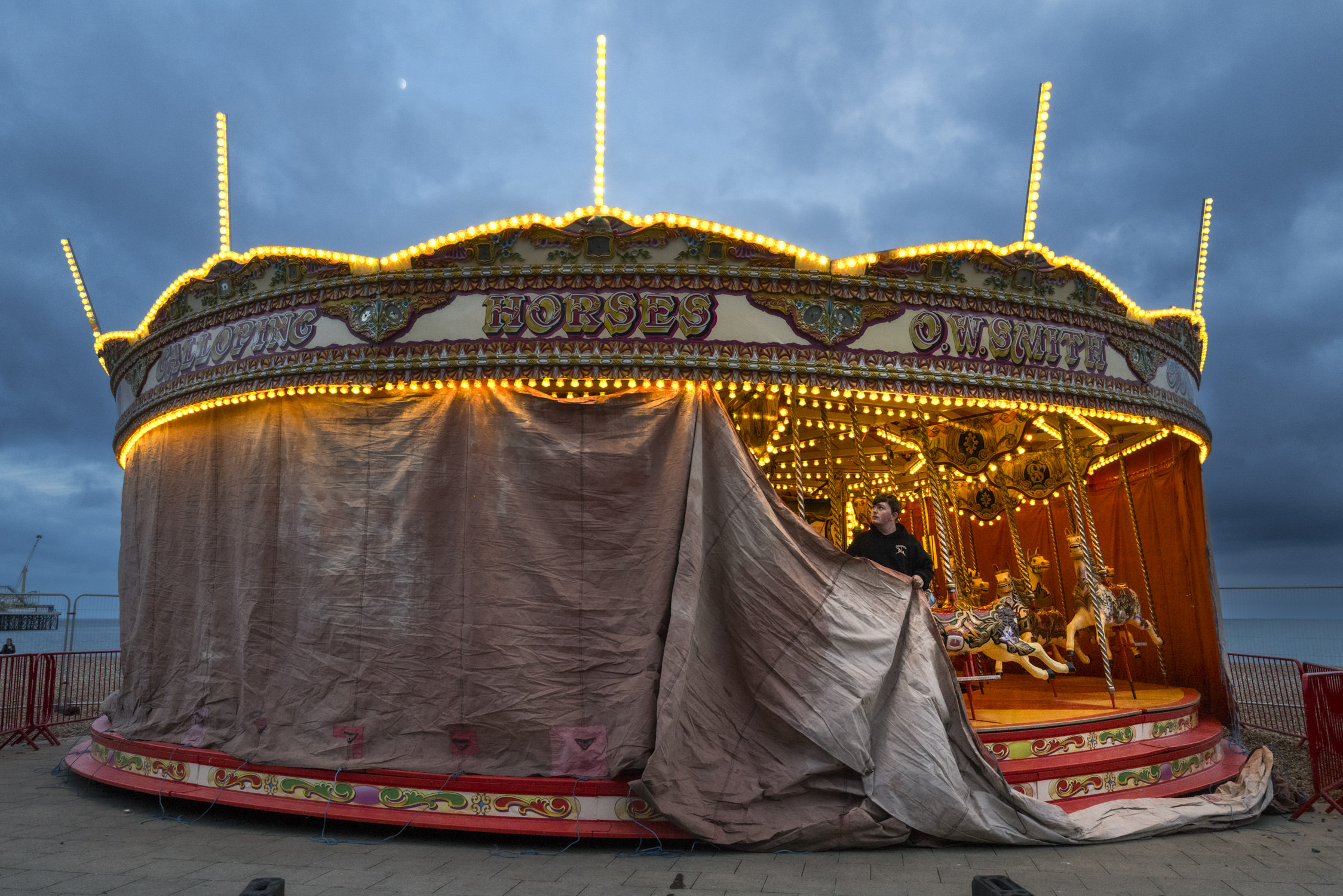
Color seems to play a significant role in many of your photographs. How do you use colour to influence the mood or message of your images?
I love colour, and I love to seek it out as the basis for my photographs. I would say that in most of my photographs its colour and light that I’m initially drawn to – form, composition and an idea come afterwards. Having worked with colour and composition in my job as a designer I’m fairly lucky that I’ve developed an understanding for how they can work together, how they can be used effectively to create a mood or an emotion. I’m probably more drawn to muted colours, nothing too bright or garish (although I can also appreciate that in the work of other photographers). I almost want the colours to feel a little dreamlike, but not in a fluffy way. Something more akin to memory or a subtle sense of mystery.
Many of your images capture everyday details that often go unnoticed. How do you decide which details to include and which to leave out?
There is a great quote by Martin Parr where he tells a workshop of students that they are not taking enough rubbish. He literally says; “more rubbish please!” He also goes on to say that; “we understand the good by knowing the rubbish”. So it’s not so much about knowing what to include and what to leave out, it’s more a case of taking pictures, lots of them, and then editing out, and getting to know the rubbish in order to understand what is good and worth keeping. I think the more we can do that, the better we become at selecting the scenes that are worth further investigation when we are out in the street.
“It’s very easy to talk myself out of taking a photograph, which is why it’s important to try and tune into my gut feeling for a scene – rather than be too rational and over-think things. I don’t find this easy at all. Usually I’m trying too hard to find scenes or things that interest me. But if I can sit back, relax and trust that the images will eventually find me, then that can be a good place to work from.”
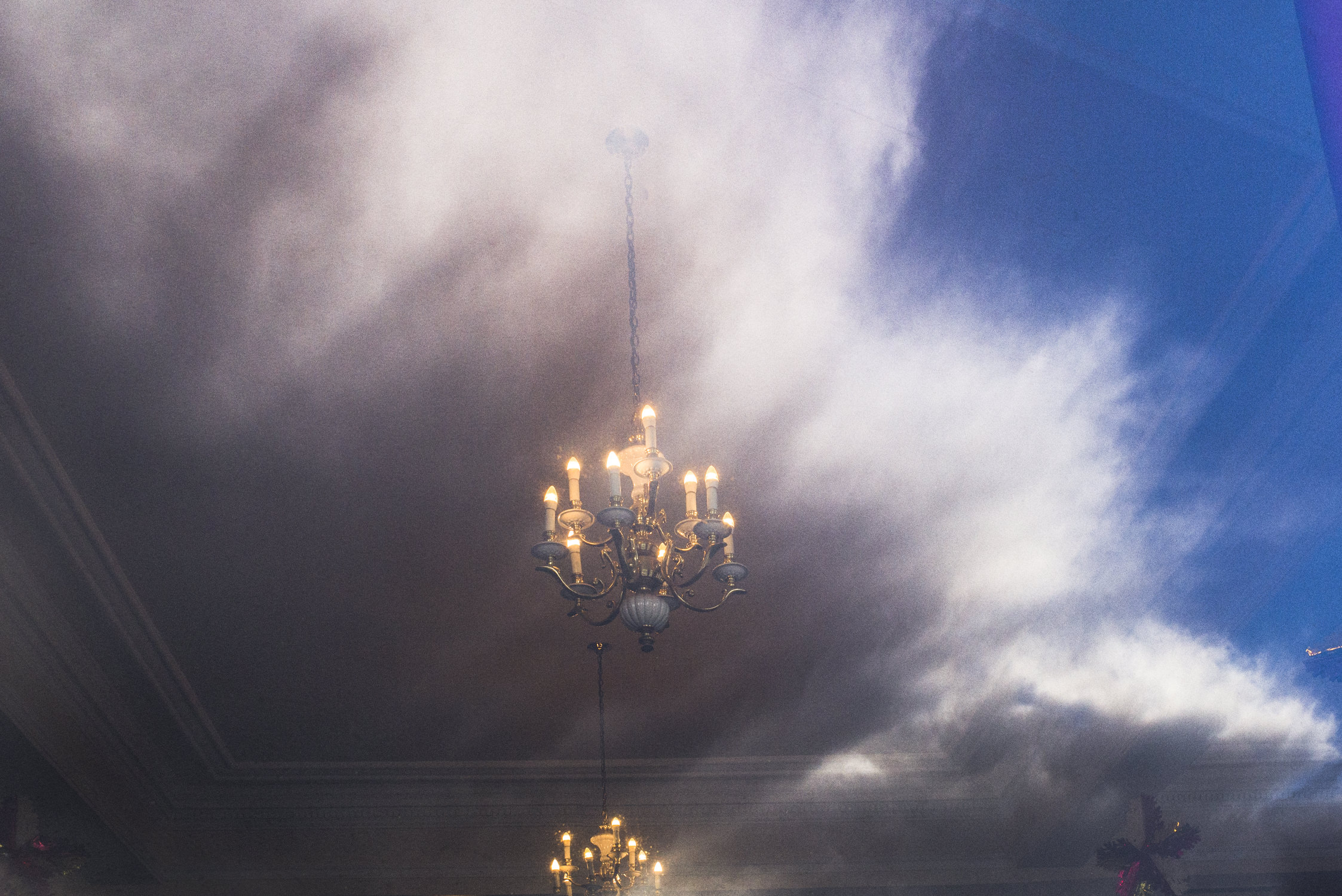
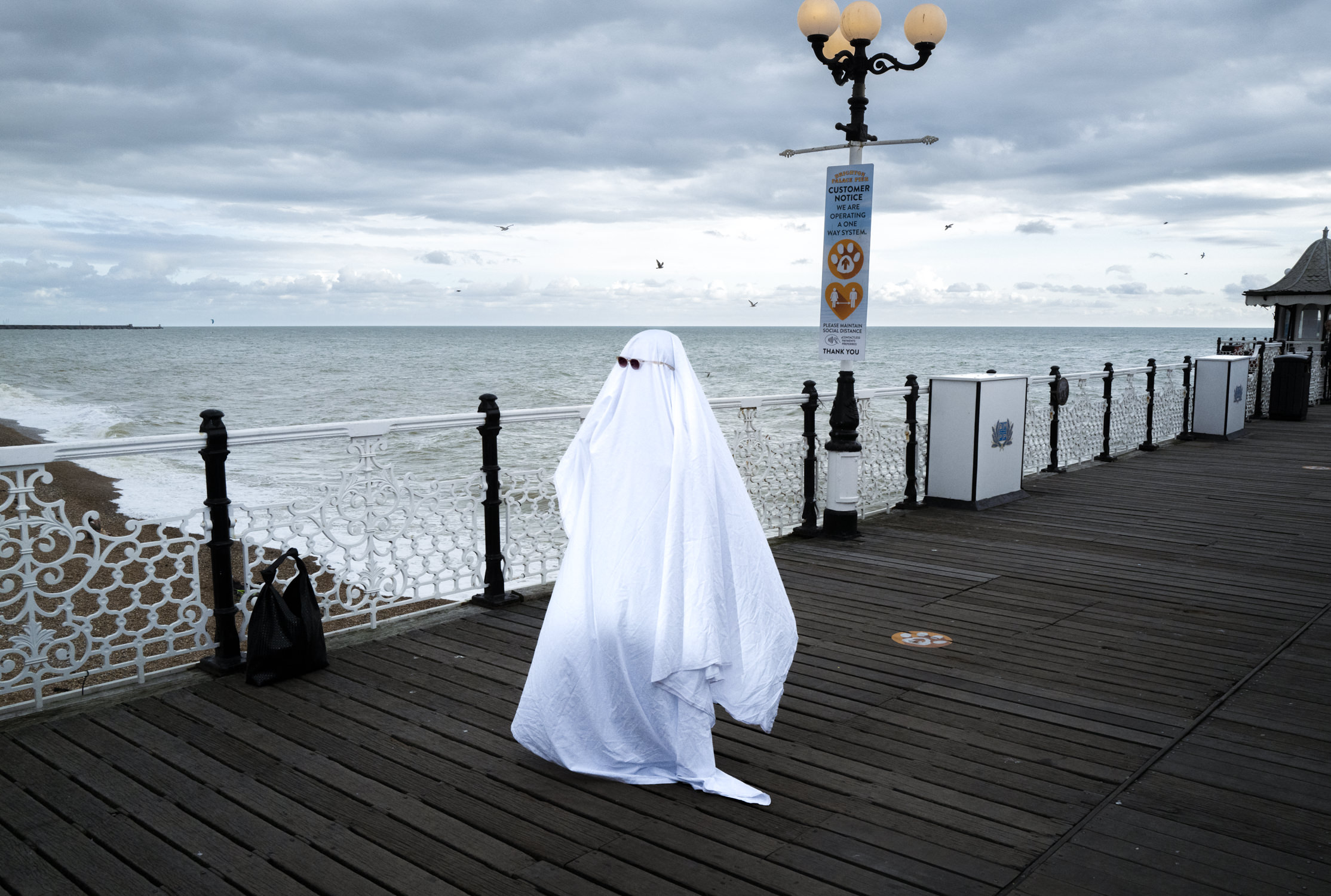
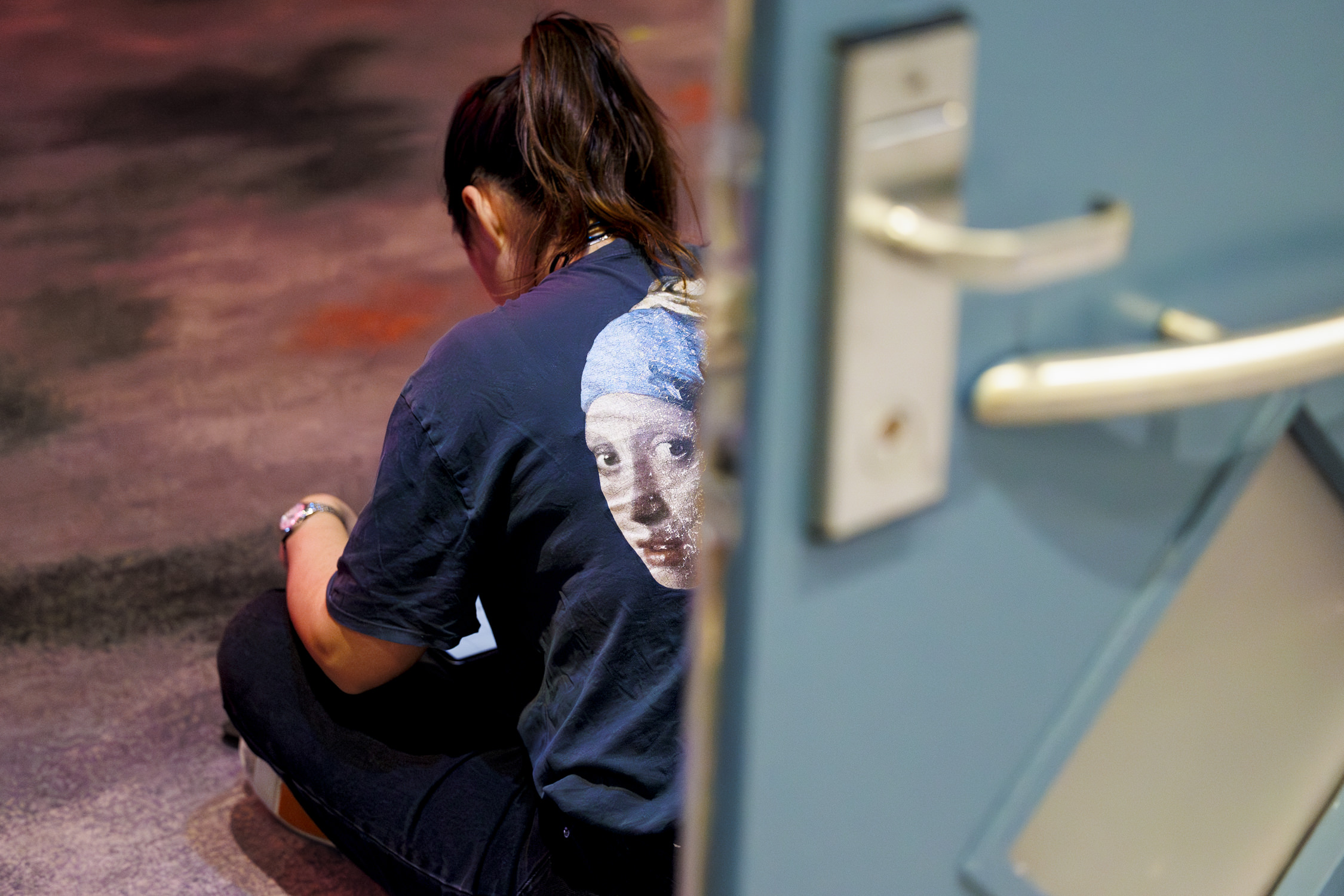
Can you describe some of the photographic techniques you use to capture the atmosphere and moment in your photographs?
Tuning in to the light, what it’s doing and the atmosphere it’s creating. Light doesn’t always have to be bright, early morning, golden hour light or even natural light. Light can be soft, artificial and it can even be dark. But looking for light and how it can elevate a scene is always a good start. I’m also looking for mystery too, which is quite intangible and very subjective. But if something feels odd, mysterious or confusing, I’m usually very drawn to those scenes. Playing with the feeling of humour and pathos is also something that I’m drawn to. I like the contrast between how some images can feel funny, and other images can feel quite strange.
How would you define your photographic style?
I’m really not sure. Hopefully from the outside it might look like someone who takes a genuine interest in the world as it presents itself. Stylistically I guess my style does tend towards graphically simple compositions. I like my images to be quite uncluttered and easy to read – I tend to stay away from images that are too crowded and busy. Having said that, I’d be very happy if my style evolved into something a little more spontaneous, chaotic even.
Have you ever studied at a photography school or are you a self-taught artist?
I studied graphic design and photography in the late 1980s and the early 1990s. Photography was my first love, graphic design came a little later. Although photography was a huge part of my education, I think I have learnt most from looking at the work of other photographers. In the 1990s I worked as a designer in the advertising agency, Saatchi & Saatchi. During my time there I saw hundreds of portfolios that photographers would drop off at the agency if they were pitching to work with us. I would spend hours poring over their work and really soaking up their styles, their approaches and inventiveness. This period really established a love for how creative the medium could be. I tried, and failed, on a few occasions to leave my job as a designer and become a professional photographer. Looking back I don’t think I would have found the path as a commercial photographer very easy – it’s a competitive market. So I stuck with my job as a designer and decided to make photographs just for myself, without the constraints of a commercial brief. And I think that has worked well for me.
Who are the Masters of Photography who inspired you most in your photographic works?
So many! Elliott Ewritt, Harry Gruyaert, Gueorgui Pinkhassov, Steve McCurry, Don McCullin, Bruno Barby and Luigi Ghirri to name a few. I find inspiration in many art forms, not just photography.
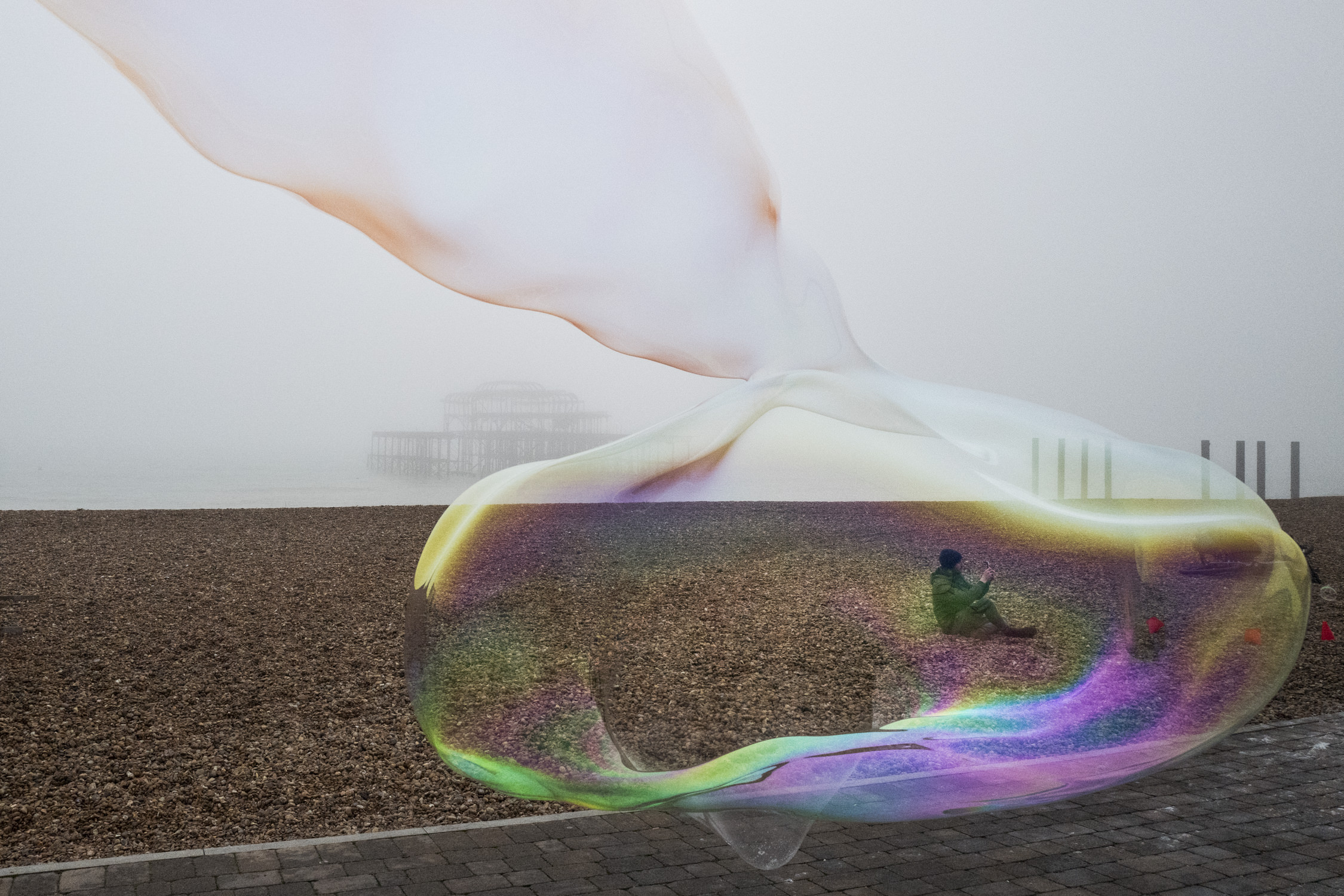
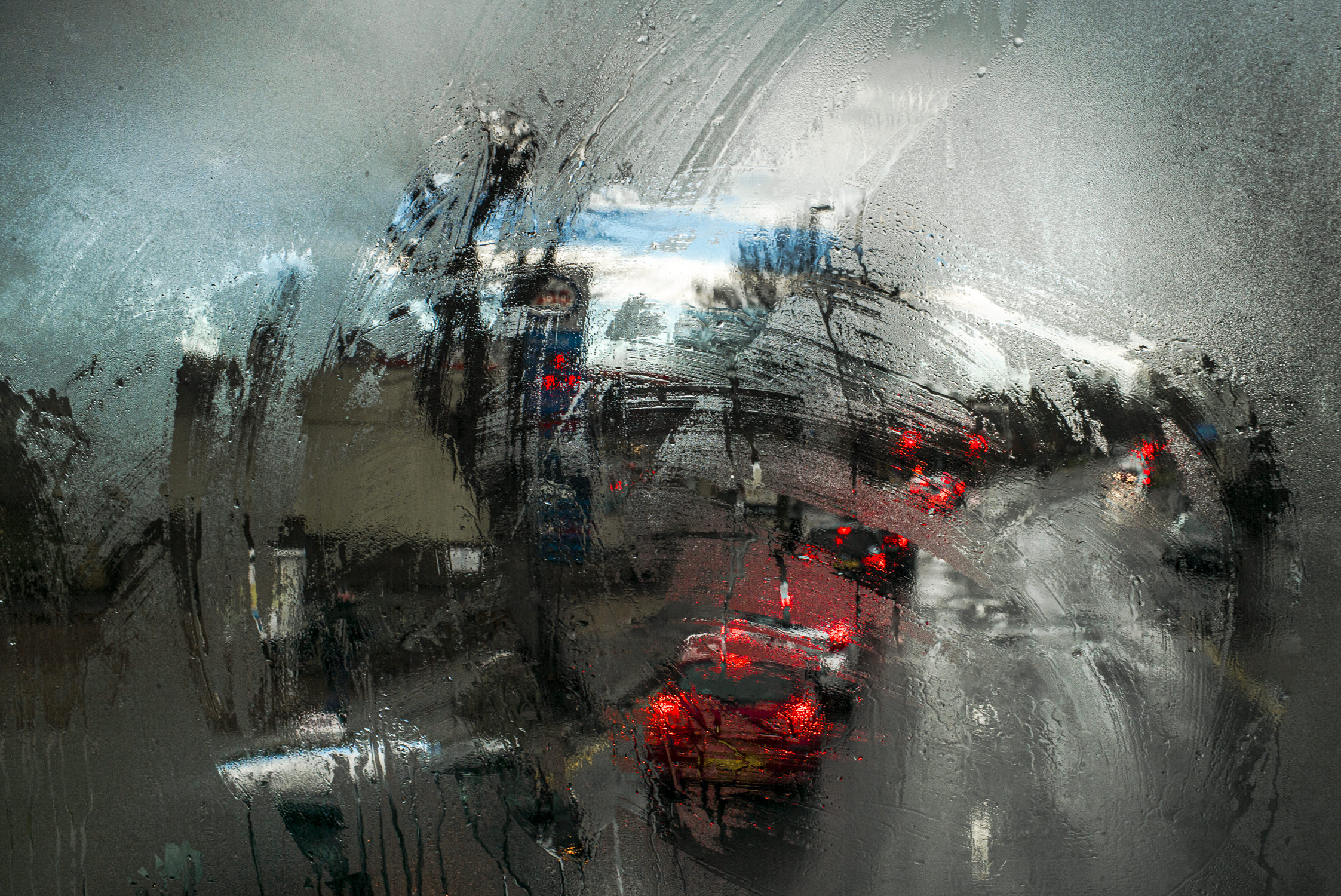
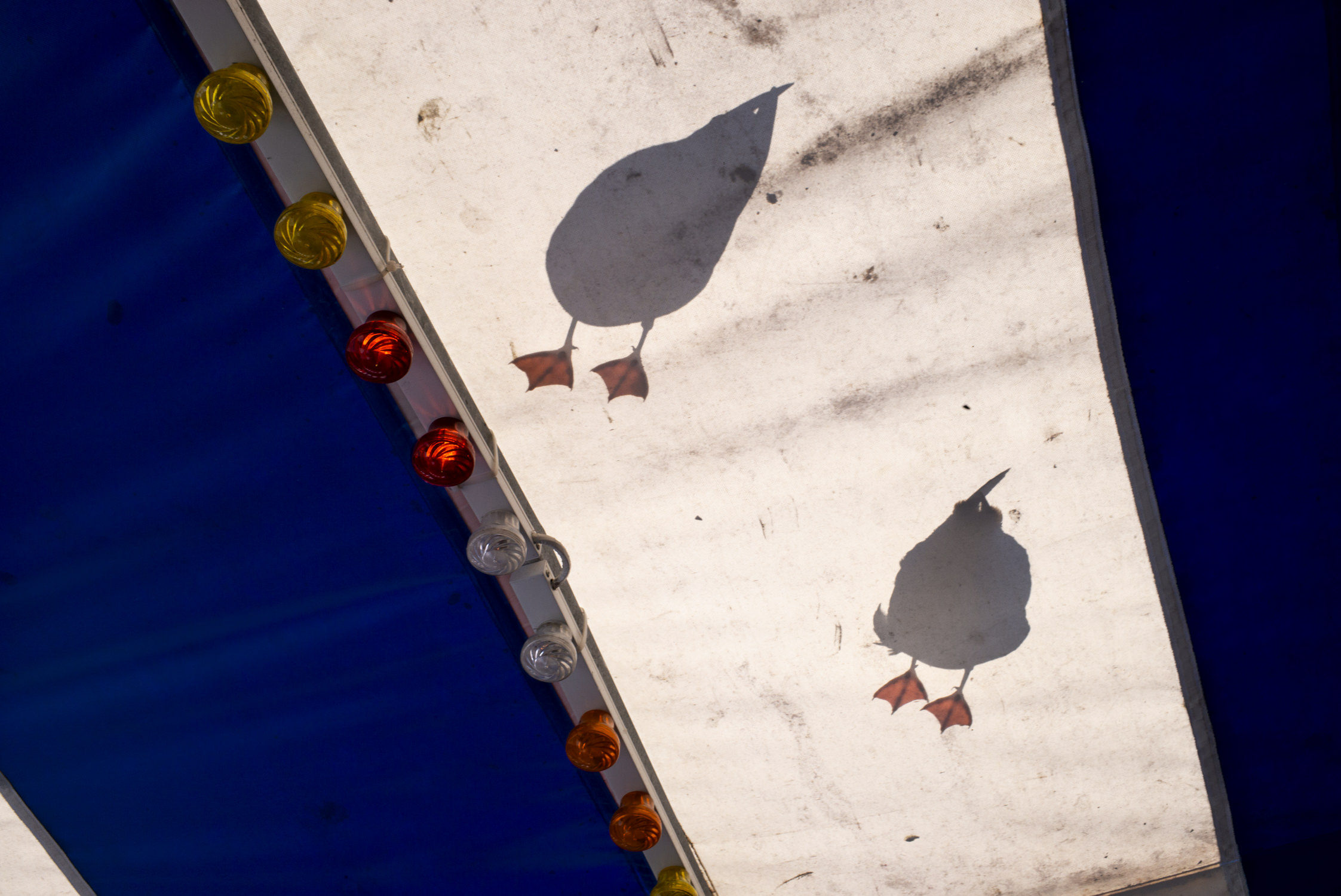
Do you ever do Street Photography with your smartphone?
No, only because I carry a camera with me everywhere, so I’m not in the habit of using my phone for street photography.
Analog and digital photography. Do you see these as alternatives to one another or the same thing?
I think analogue and digital are both alternatives to one another and also the same thing. The end product still needs to be a compelling image, regardless of how it was made. I really appreciate photographers who choose to shoot on film, it absolutely has a different feel to digital, not just in the way it looks but also the experience of shooting with film is obviously very different to digital. I think the choice is very personal, and for me I shoot only digital. I like the freedom to shoot a high volume of images without the limitations of 36 frames or the costs associated with film photography.
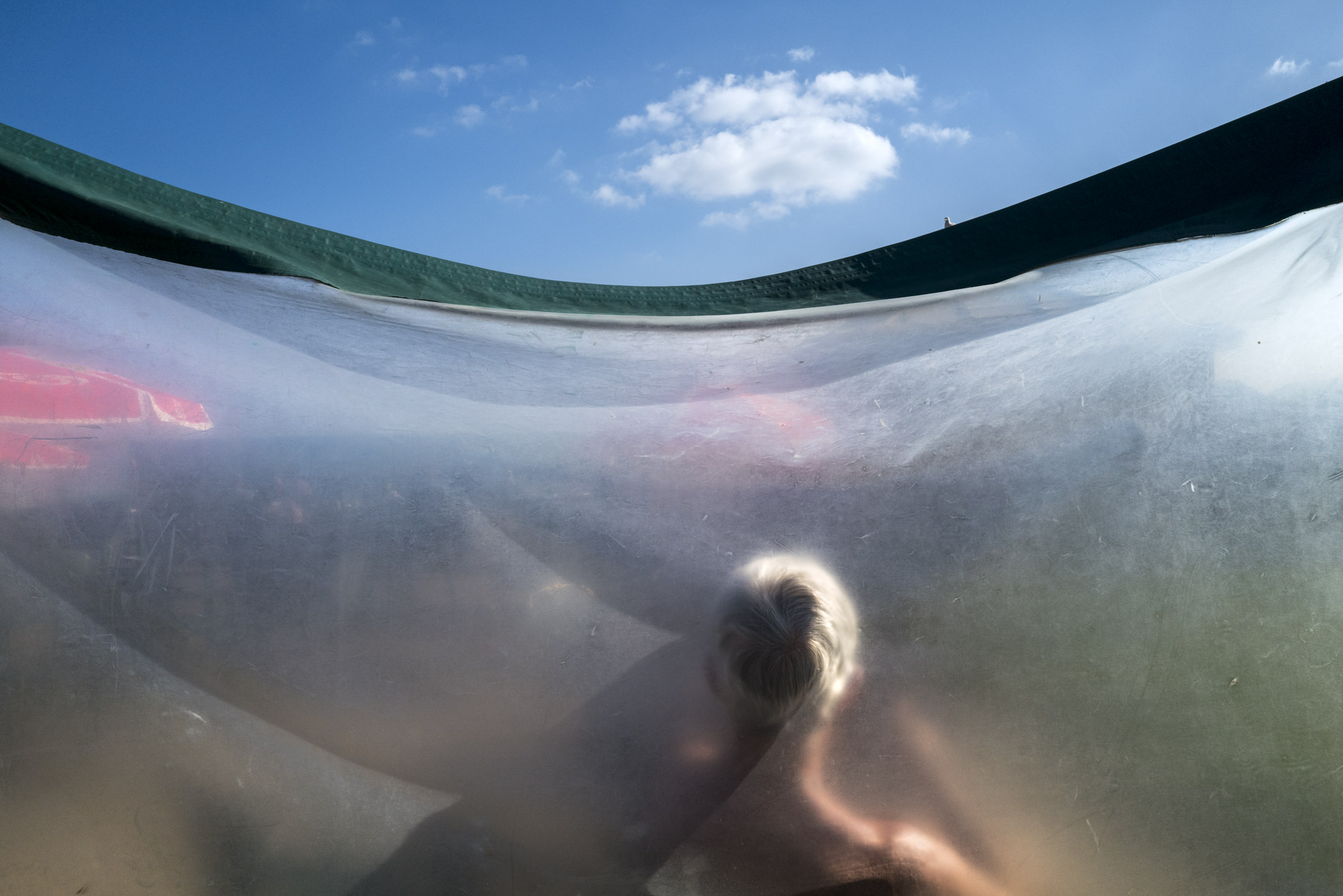
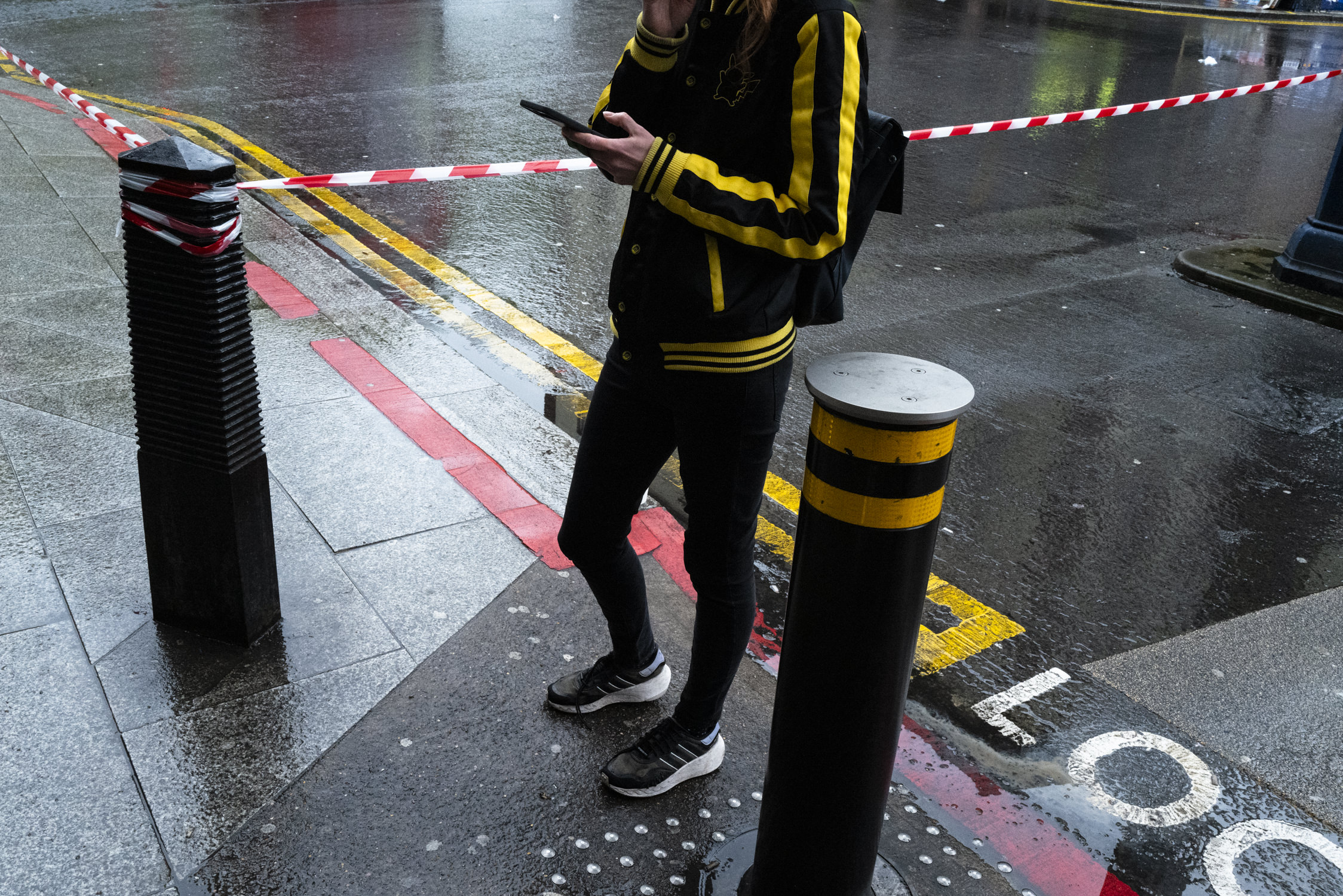
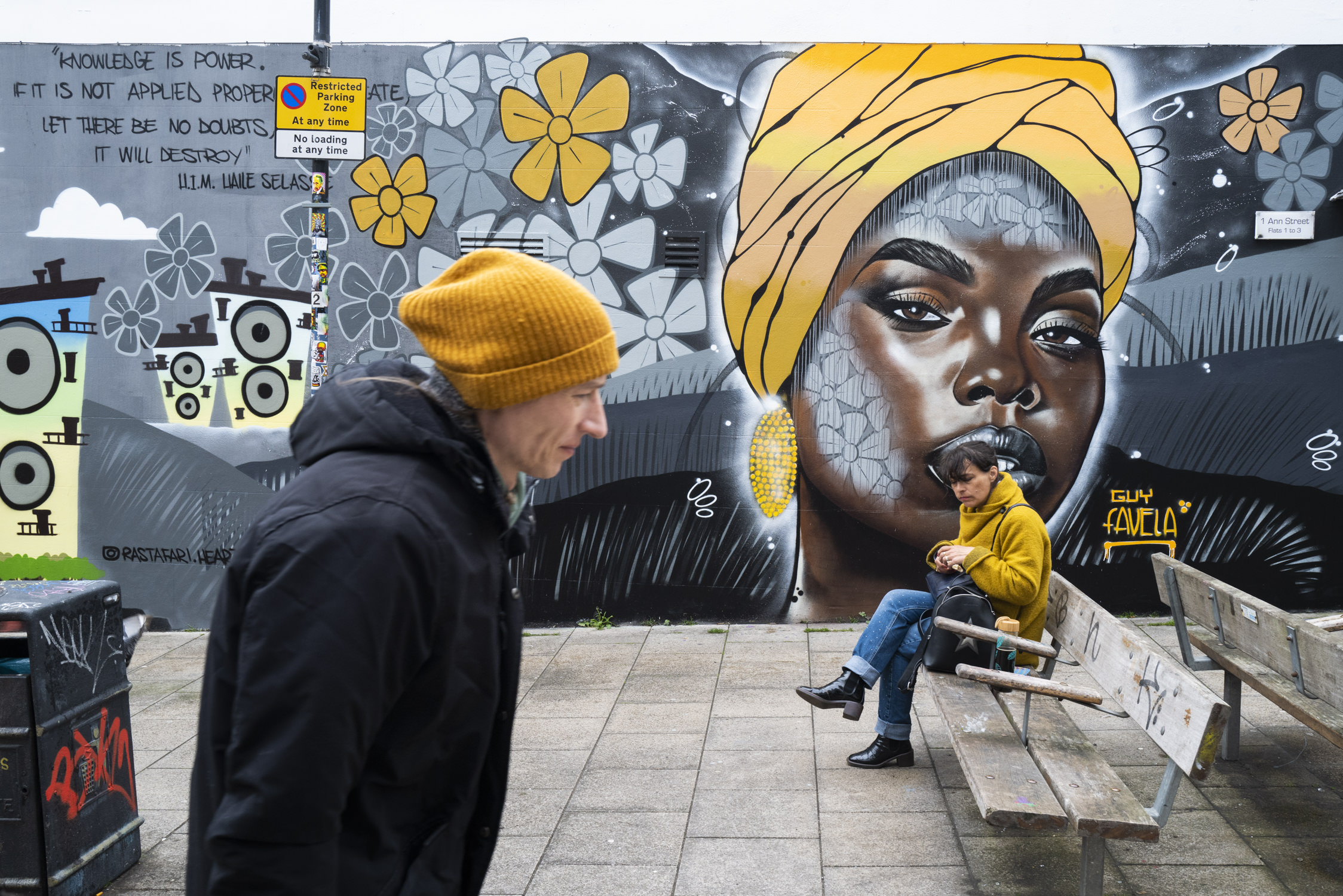
Do you think Street Photography has a more documentary or more artistic value?
I think street photography leans more towards an artistic endeavour, but of course its roots are in documentary photography. Street photography has become so accessible and widely embraced right across the world, and I think that’s an amazing thing. In a way you could say that street photographers are documenting the external world, but I think that is largely driven by a desire to express our internal worlds, too. What I love about street photography is that it is completely democratic, anyone can do it.
Do you think there are ethical limits in street photography? Do you think it’s possible to shoot everything and everybody? What is your approach in street photography?
Personally I think there are ethical limits and boundaries that I wouldn’t feel comfortable to cross. I like to work with the attitude that ‘everything is interesting’, but that doesn’t mean I would shoot ‘everything’. I wouldn’t be happy to shoot people in compromising positions, or take photos that would make the subject feel embarrassed to see in the public domain. I’m not a fan of deliberately making people feel uncomfortable on the street, I think the real skill is being discreet, mindful and sensitive too.
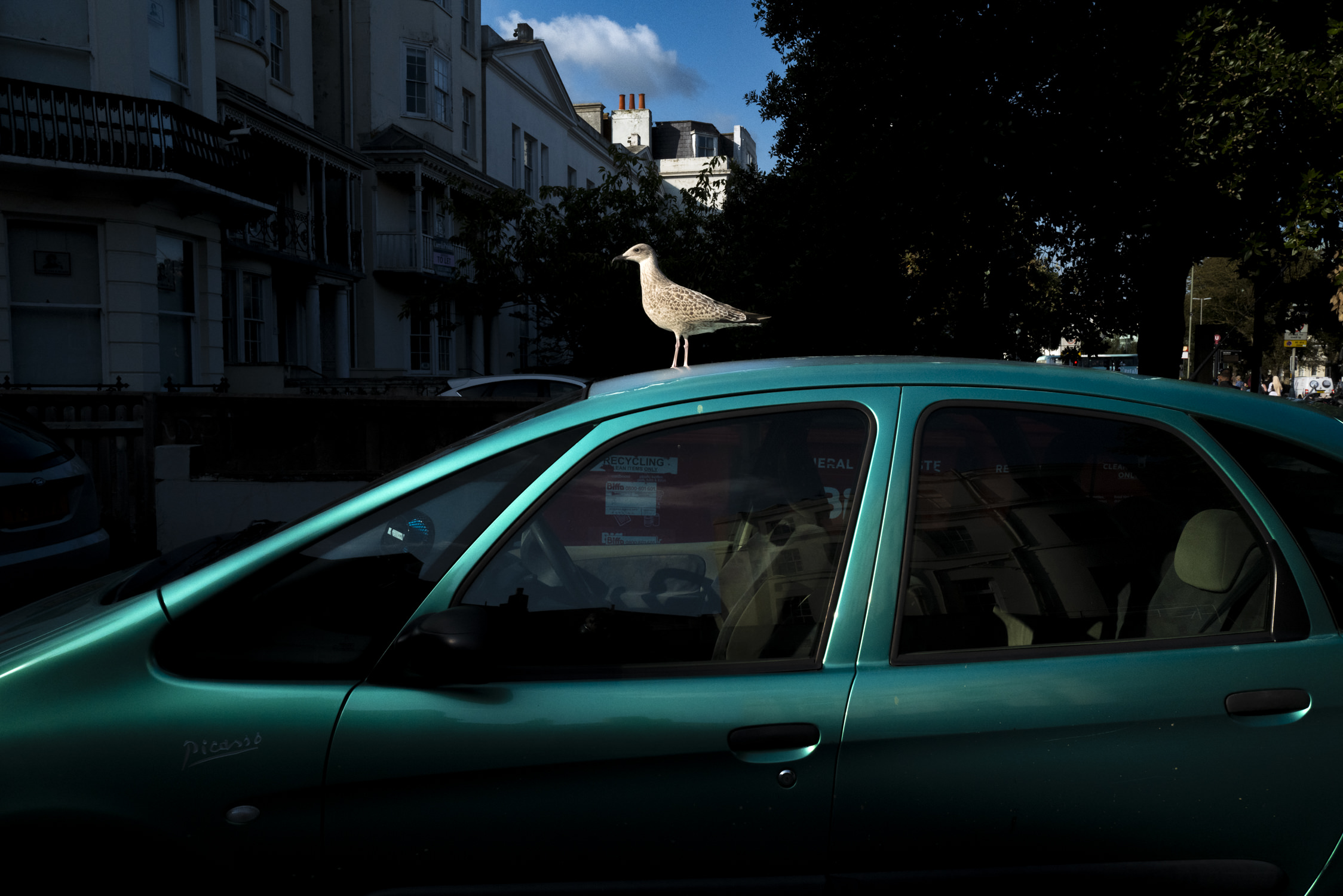
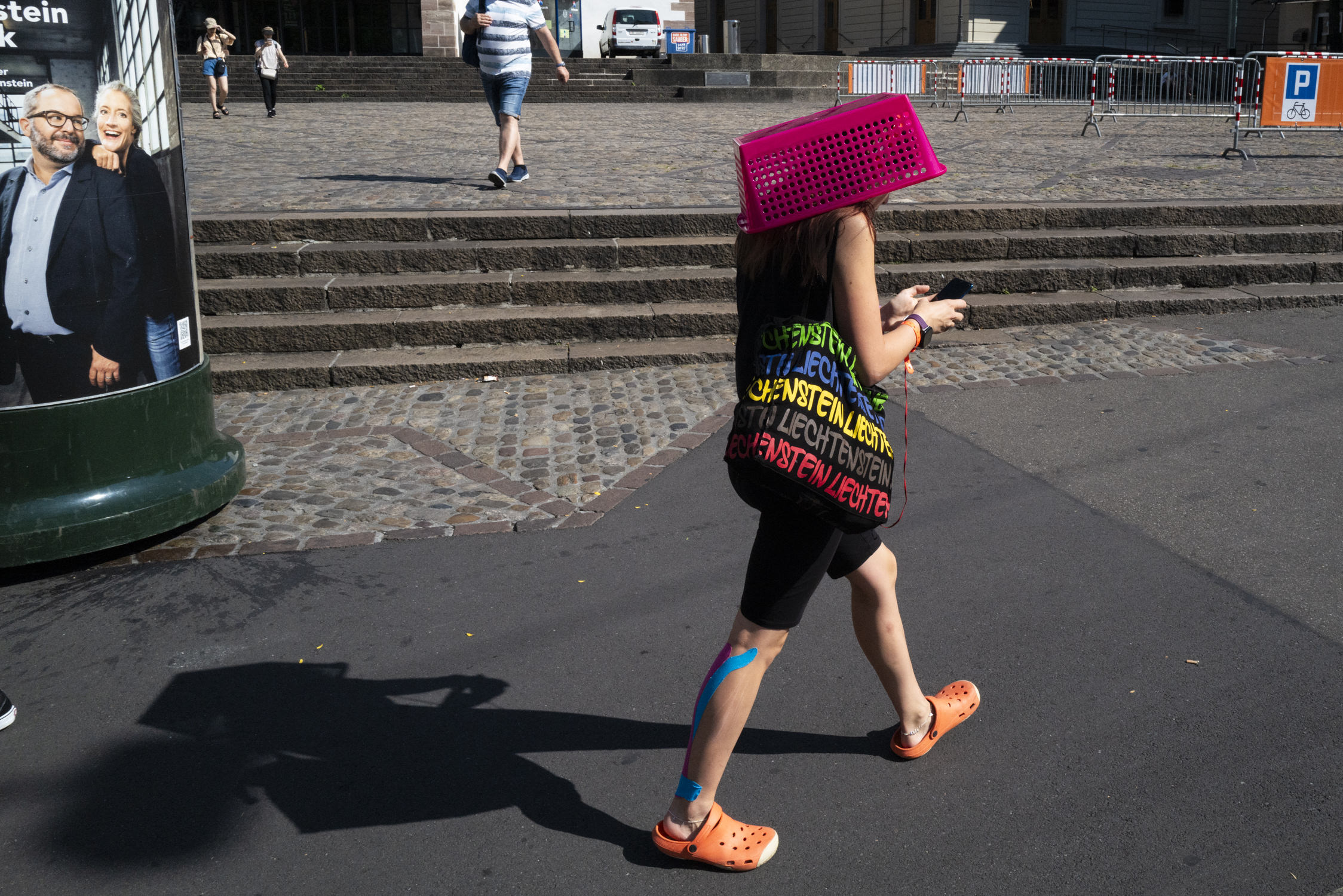
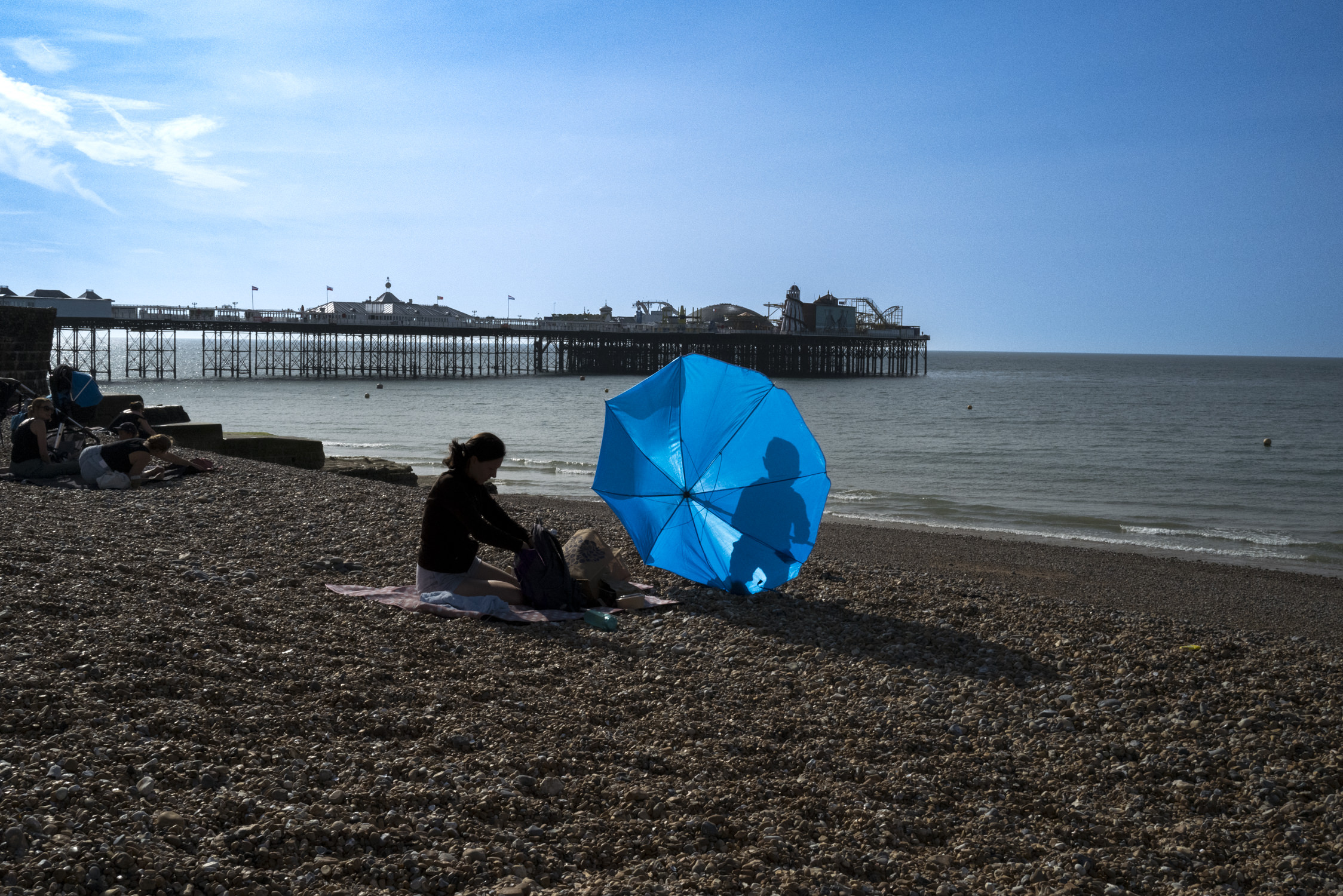
What kind of equipment do you use and what role, in your opinion, does equipment have in street photography?
I’m very fortunate that I’m able to use a Leica Q2, which I’ve owned since the start of 2020. Prior to owning the Q2 I used a Leica 262. Of course, a Leica camera is a luxury and they’re beautiful cameras, but there’s no guarantee that using them will magically make you a better photographer. If you ask any street photographer what camera is the best for street photography, most will probably answer that the best camera is the one that you have with you. That could be a phone, a FujiFilm, Sony, Canon or a Ricoh GR. All of them are very good camera brands, but what it boils down to is the vision you have to make photographs. A camera is just a box with a hole in it. The lens that is most important is the one in your eye, and where you choose to look.
If you had to choose one lens that you would have to be using for the rest of your life, which one would that be and why?
35mm would be the obvious choice. It’s the lens that is closest in perspective to how we see with our eyes. I also think that it’s a great discipline to pick one lens and stick with it. You can become a better photographer because you have to physically move your body to be closer or further away from your subject, and you’re making all sorts of decisions around what to include in the frame and what to leave out. Also, using lots of lenses can become a bit of a distraction and slow you down. The Leica Q2 allows you to switch between different focal lengths, 28mm, 35mm, 50mm and 75mm. I rarely use anything other than the 35mm setting, and only very occasionally switch to 28mm. So if I were to be stranded on a desert island it would be the 35mm that I would have with me!
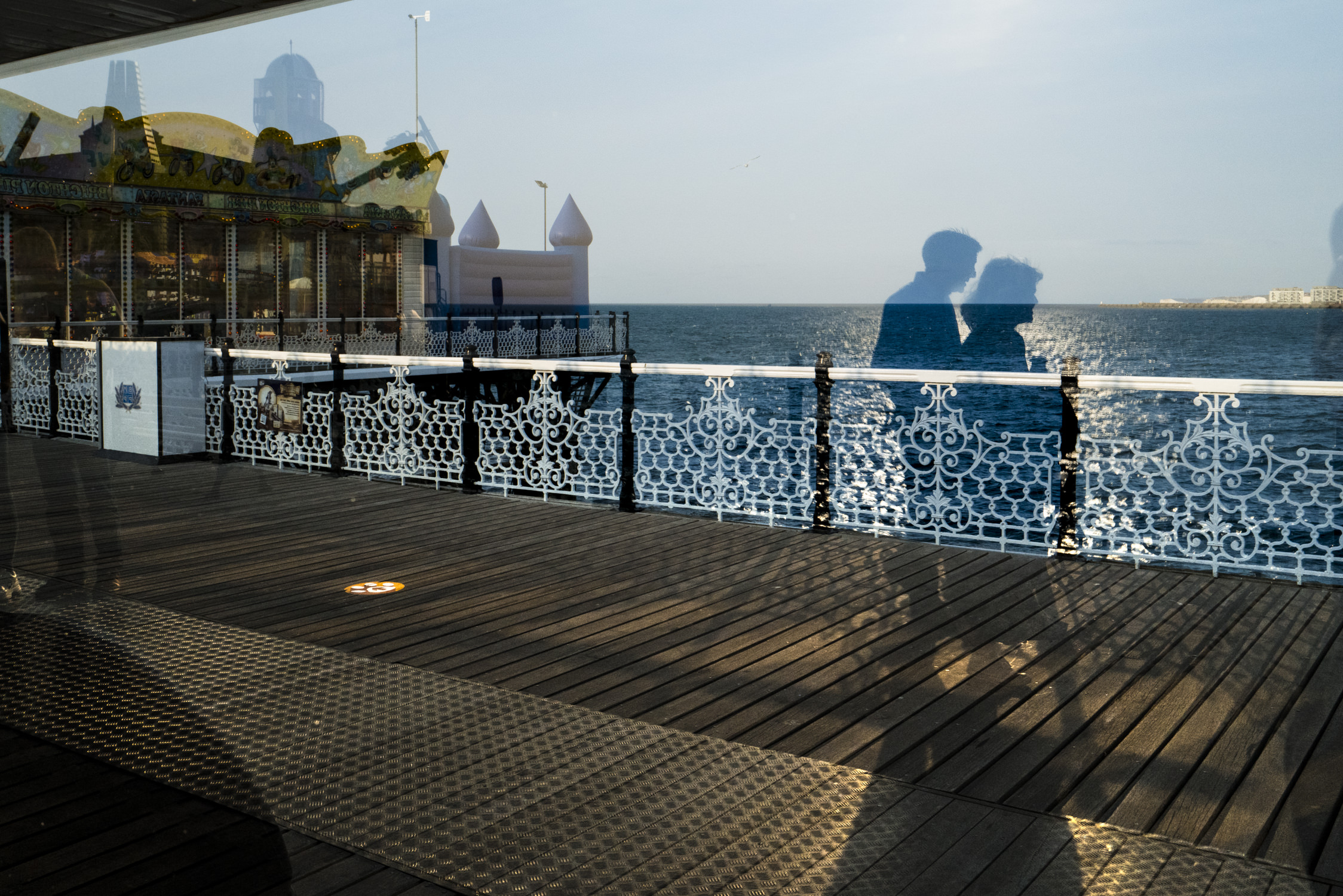
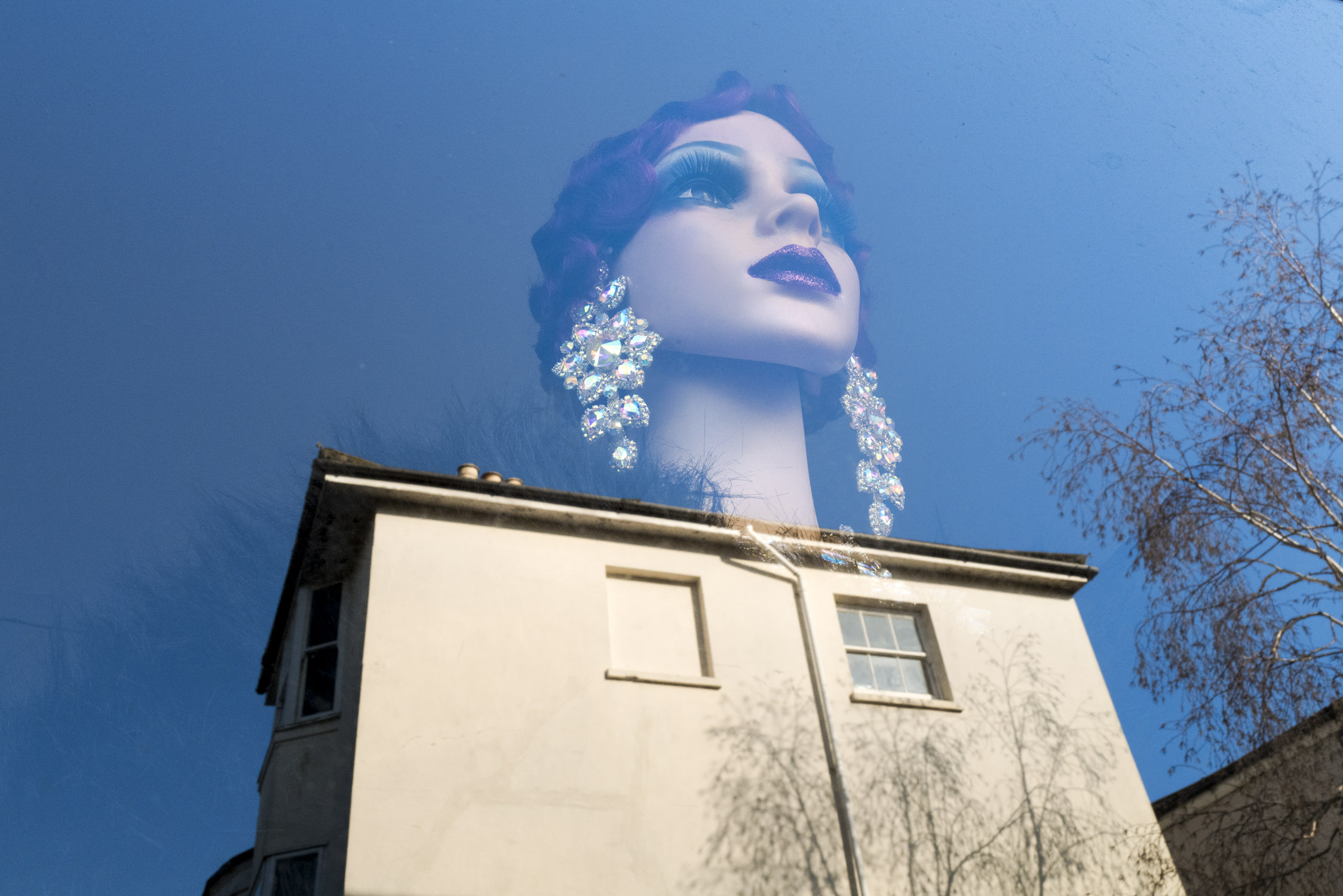
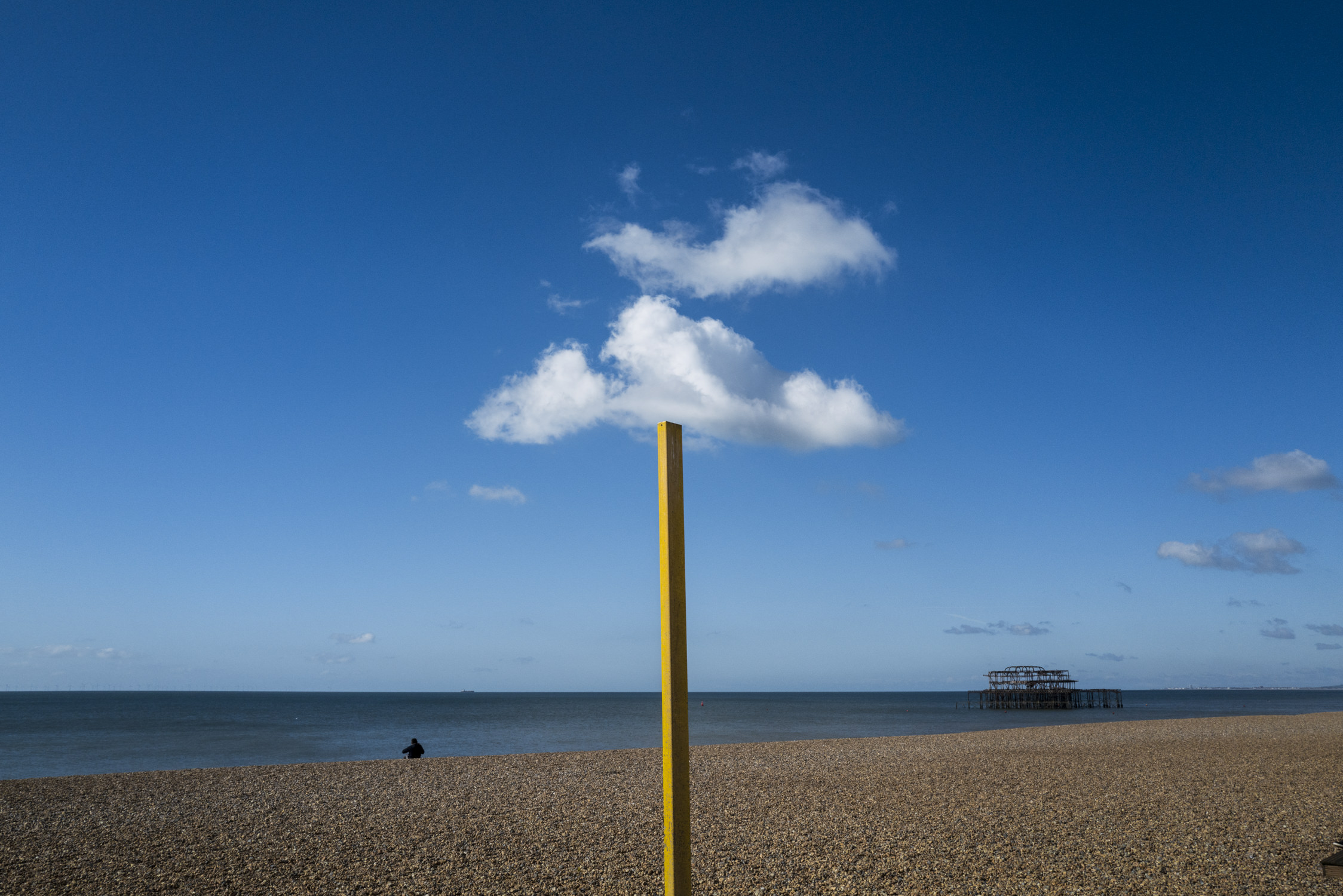
“I like my images to be quite uncluttered and easy to read – I tend to stay away from images that are too crowded and busy.”
After shooting, what actions do you take in terms of processing and editing?
I download all of the day’s images at the end of the day to my Adobe Lightroom catalogue. On an average day out in the street I usually shoot 300+ images. I’ll take a quick look through the batch of images and rank the ones that I think are good with a 4 star rating. If I’m very, very lucky, and I’ve shot an image that I think is very good, I’ll give that a 5 star rating. I then usually leave the images alone for a few weeks or even a few months. It can take time to see photographs objectively, and often on the day of the shoot I’m too close to the images and that makes it difficult to be objective. I occasionally find images in my archive that surprise me that I had overlooked previously. So for that reason I never delete anything.
Do you have new projects or themes in mind that you would like to explore in the future?
Lee Friedlander did a project called ‘Pickup’, which is a whole series of photographs he made of American utility trucks. I’m working on a similar idea that involves vans, especially the ones that are used by tradesmen here in the UK. They are incredibly ubiquitous, and are almost hidden in plain sight. The project is in its early stages, and I’m not sure if it will work over the long term. The beauty of the project is that I can do it anywhere in the world, and they’re very ordinary objects, so it excites me to try and look at them in a different way. I also like the idea that in 30, 40 or 50 years that will have taken on the patina of time – hopefully they will age well and become an interesting document of a point in time. We’ll see!
How do you see the evolution of your photographic work?
Hopefully my work will evolve to other cities in the UK. I’m hoping to spend more time in London in the future, so I’m excited to see what images I can make in a city that has already been photographed so much. Stylistically it will be interesting to see how my work evolves. I’m interested in experimentation and how being open to new ways of thinking and working can take me in a new direction. But I’m honestly very happy walking the streets of Brighton and taking an interest in what’s in front of me – it’s more than just taking photographs – it’s the sheer joy of being outside and engaged with the world.
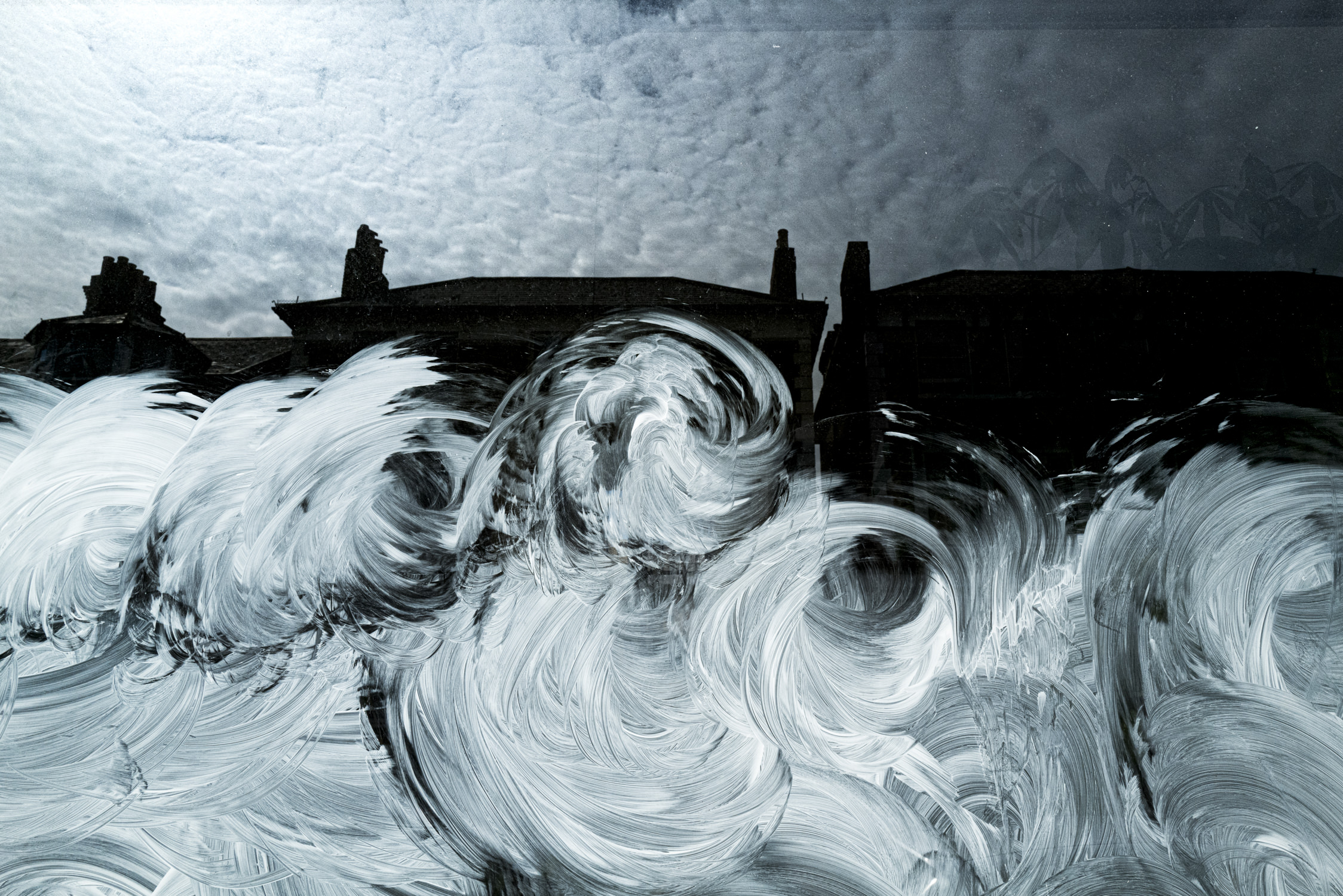
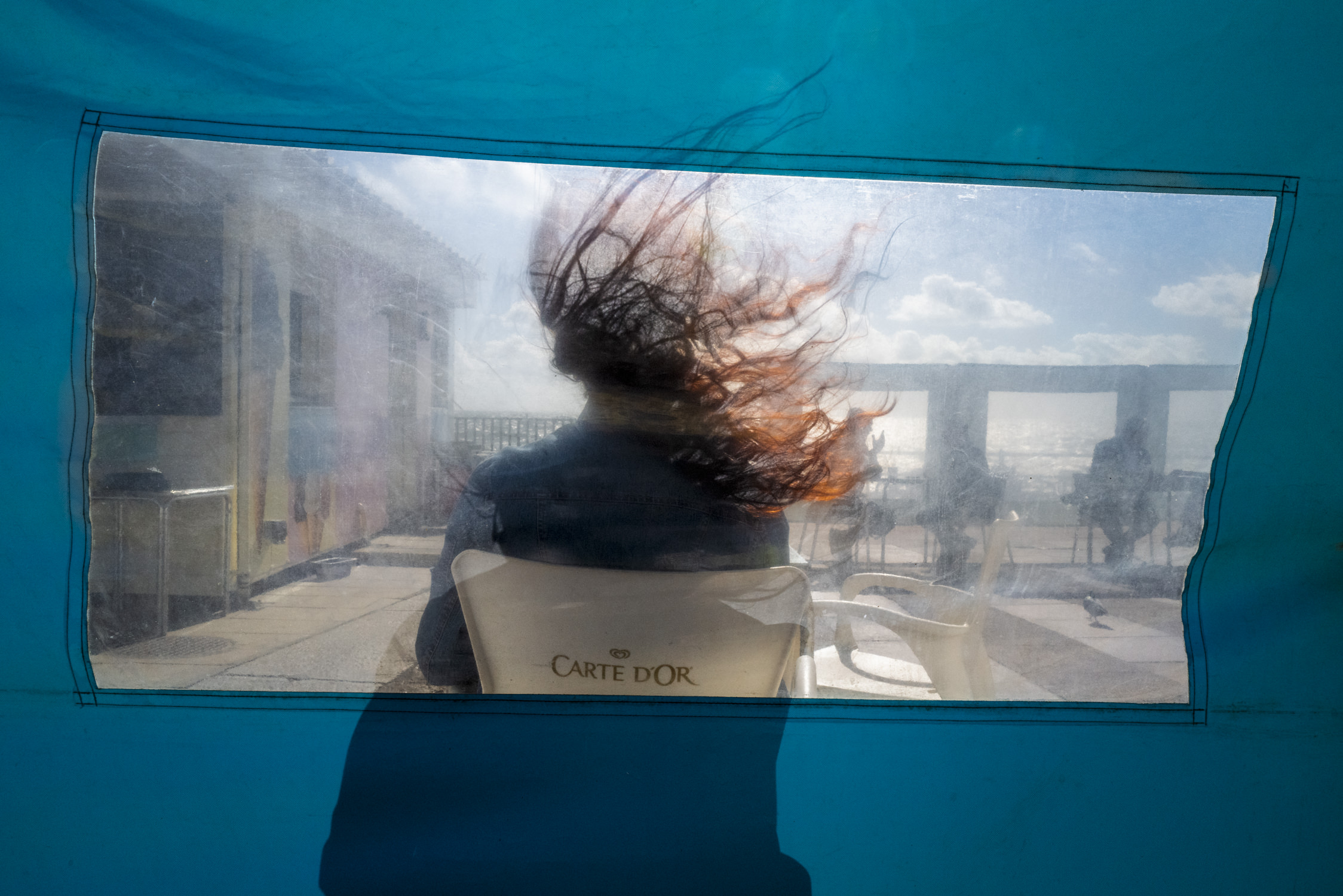
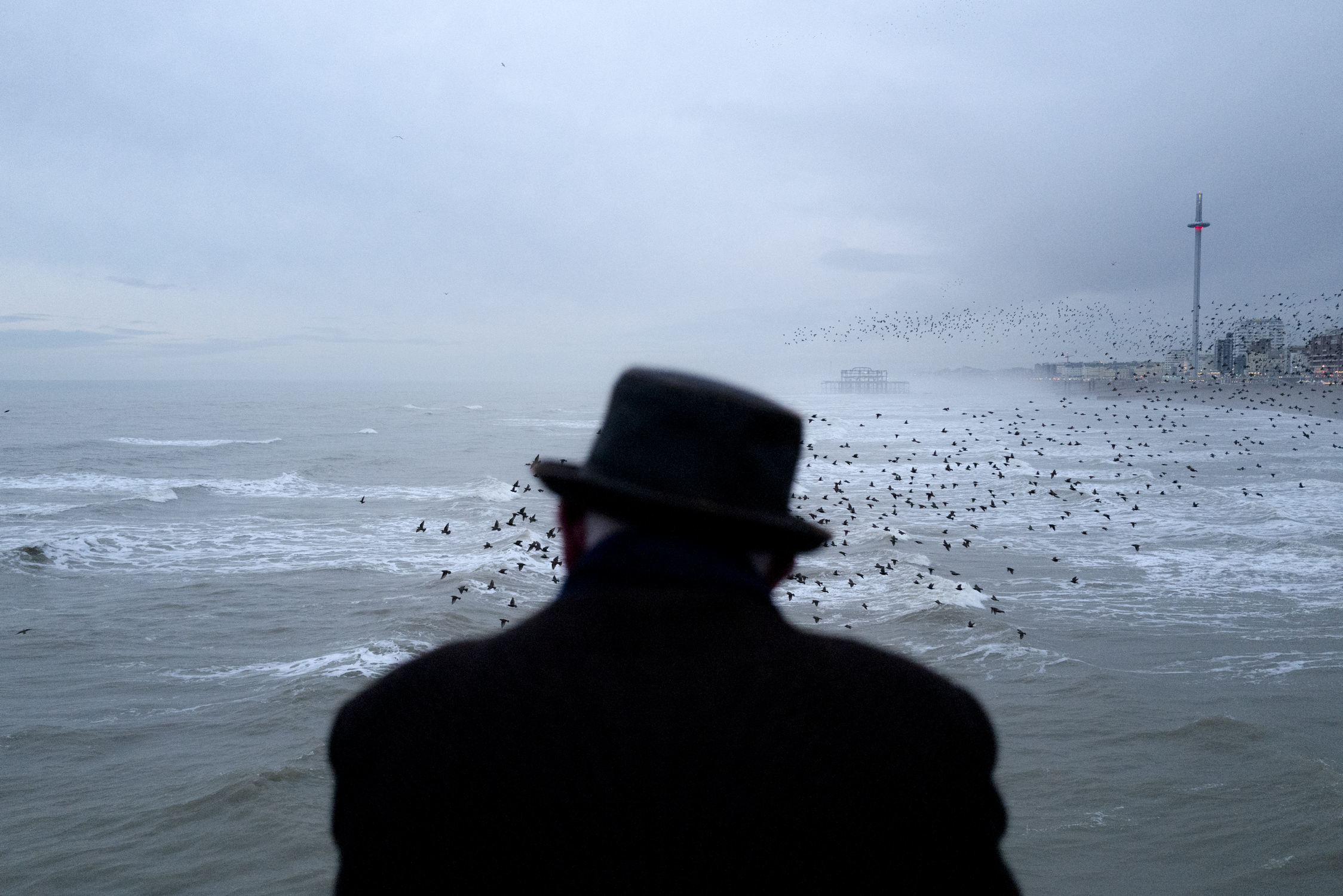
Which are your favourite photography books?
I have many favourites! The photography book that I look at the most is called ‘Melting Point’ by Jeff Jacobson. It’s a dreamlike journey of images that are like delicate haikus for the eye. It’s full of images that fire up the imagination. I also really love ‘Kodachrome’ by Luigi Ghirri. Whilst his images do not always have the same mysterious dreamlike quality that Jeff Jacobson makes, Ghirri’s images are visually playful and intelligent. They are great examples of finding hidden depths in everyday scenes. I love both of these books.
Is there a country or a city that you like to photograph more than others?
I lived in Sydney during the year 2000, and while I was there I took lots of analogue street photographs, because digital photography wasn’t that common back then. I recently went back to Sydney in 2022, and it reminded me what a great city it is to shoot in. It’s such a beautiful city, with the harbour, the central business district and the eastern beaches. The light in Sydney is astounding and it has been so well documented by Trent Parke in his ‘Dream/Life’ series. He and his partner, Narelle Autio also made a stunning series on Sydney’s beaches called, ‘The Seventh Wave’. So Australia, and specifically Sydney, would be the place I would like to shoot more, but it’s a long way from the UK, so it’s probably not going to happen very often! I also love to shoot in France too. I visit France at least once a year, sometimes twice a year. France is the spiritual home of photography, so it always feels a bit special to be walking around with a camera in France.
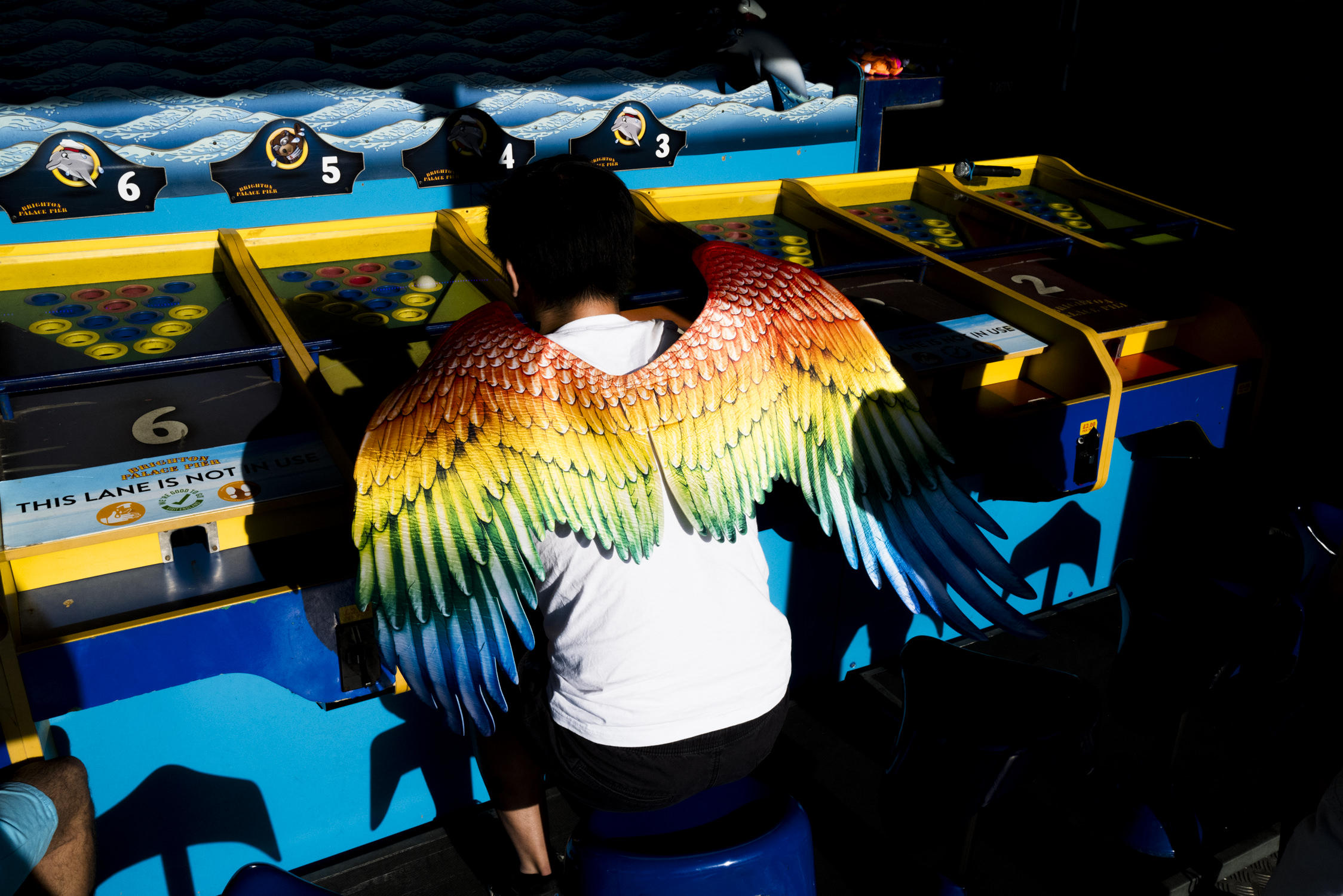
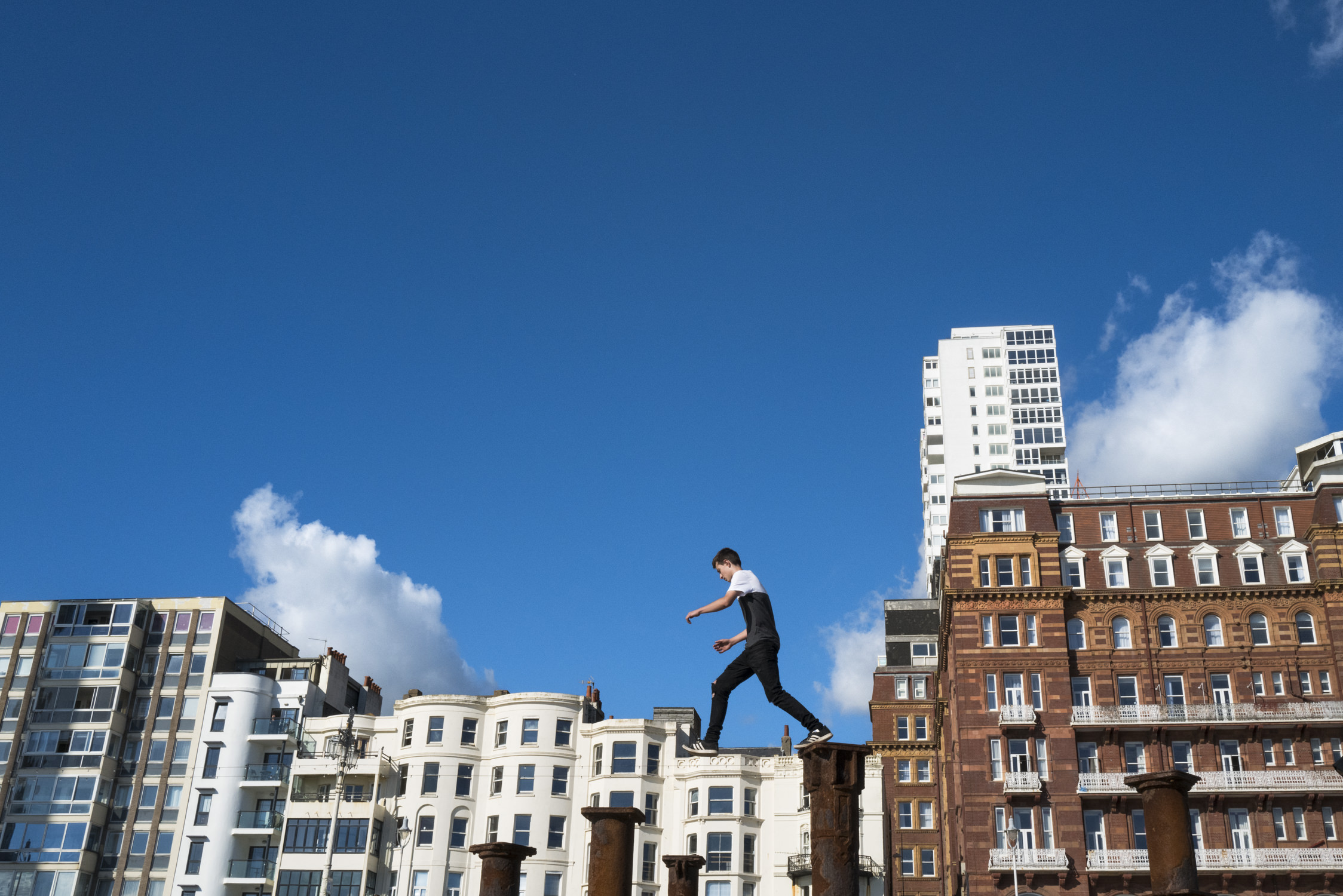
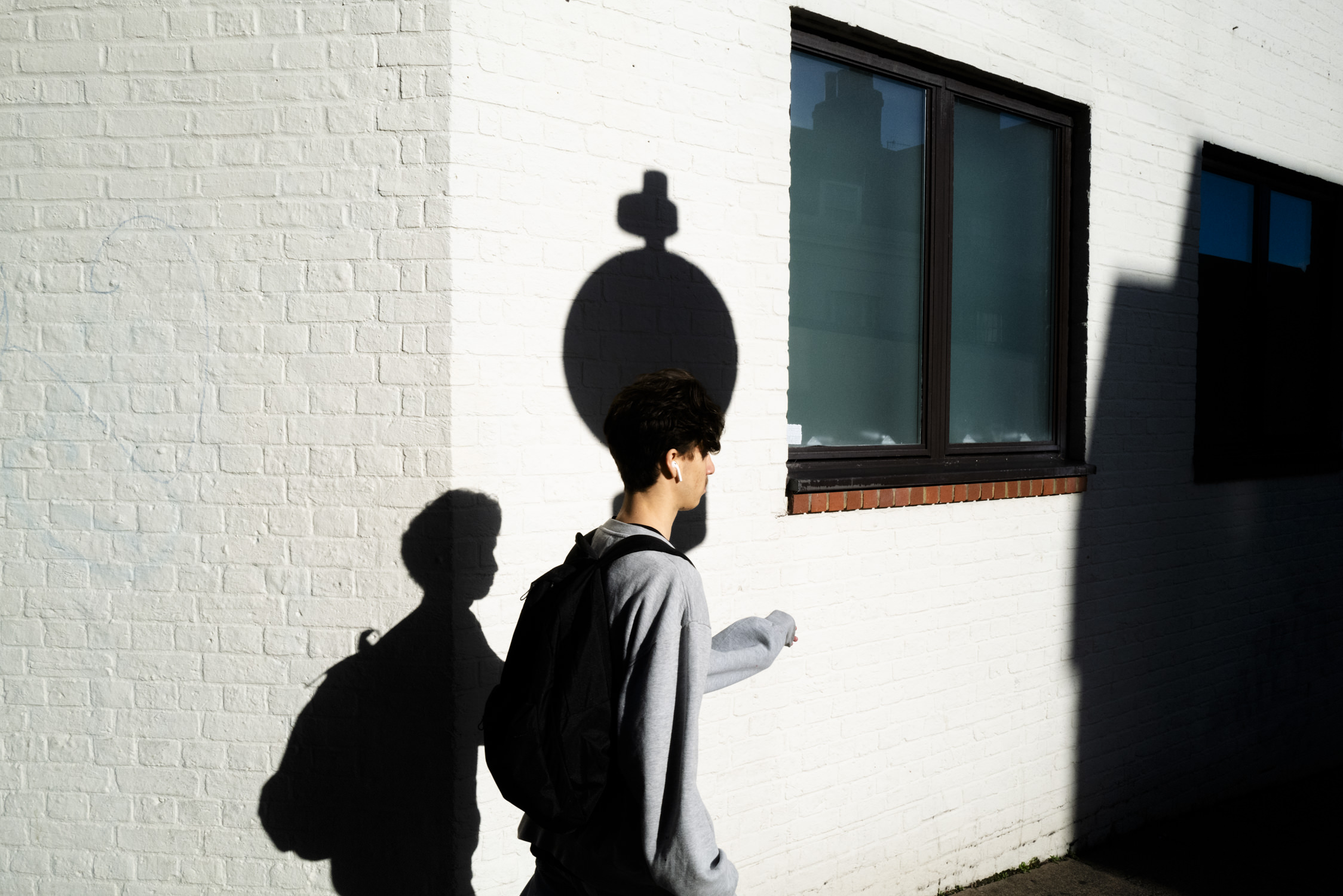
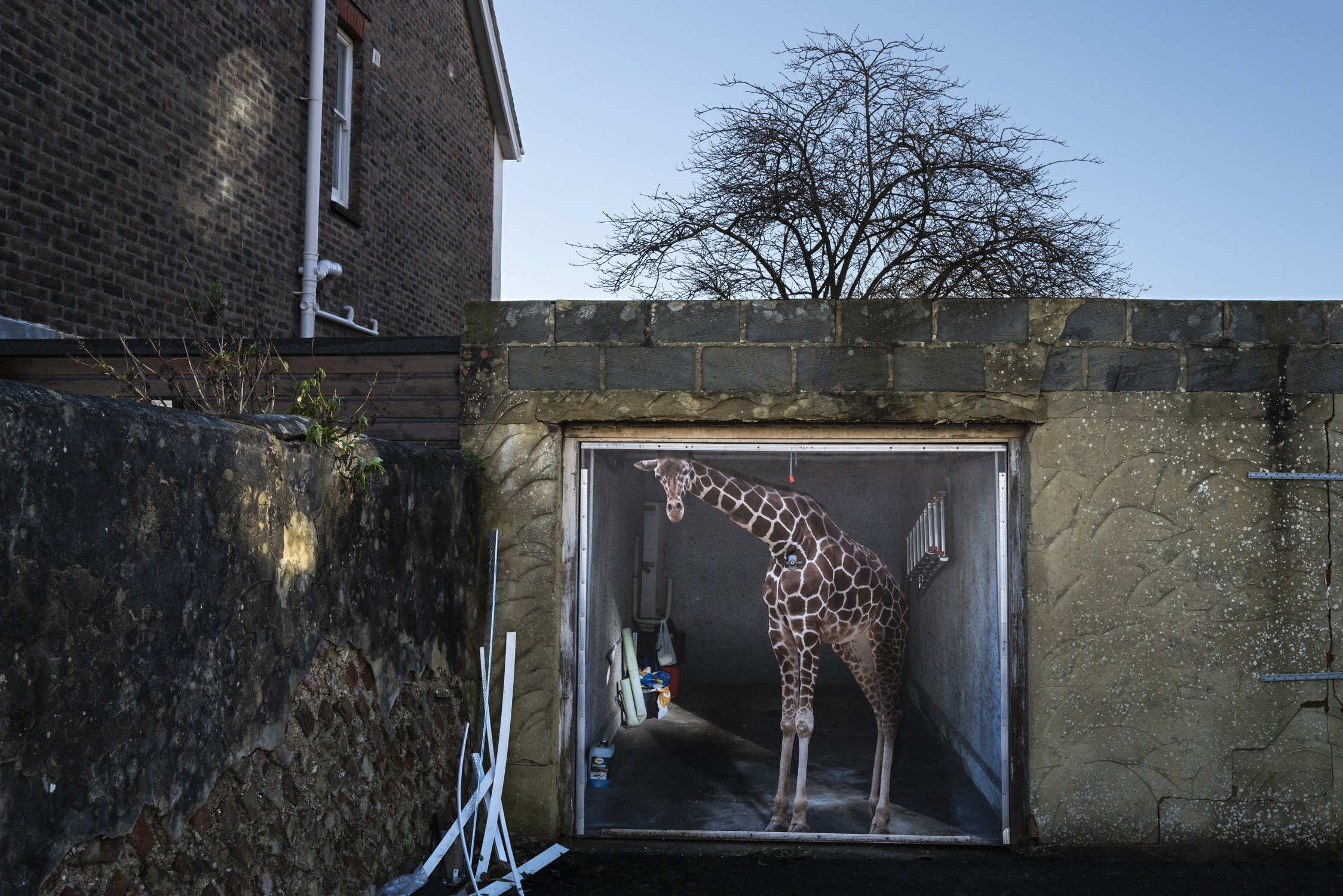
What advice would you give to someone who is starting to do street photography and wants to develop a unique and personal style?
My best advice to someone starting out in street photography would be to get out into the street and shoot as many images as you can, and as often as you can. Any camera will do. Being prepared to fail and make mistakes is really key to improving your skills. I’d also say take an interest in everything, especially things that you might have otherwise thought unworthy of being photographed. It can be a nice surprise to find something extraordinary in the ordinary. Be open minded and curious, if you can try and let your instincts guide you. There is a quote by Mozart that I love, he says; “I pay no attention whatever to anybody’s praise or blame. I simply follow my own feelings.” So follow your instincts and try not to be too influenced by what others may or may not think of your work (which, in the age of social media, is easier said than done). And have fun!
Thank you!
CHRIS BIOGRAPHY
Chris Harrison, a brand consultant and street photographer based in Brighton, UK, studied graphic design and photography in the late 1980s. He worked at Saatchi & Saatchi before running his own design studio since 2003. In 2016, he began a long-term project exploring Brighton’s streets and beaches, resulting in his self-published book, “Sideshow,” released in January 2024. The 450-copy edition sold out by May 2024.
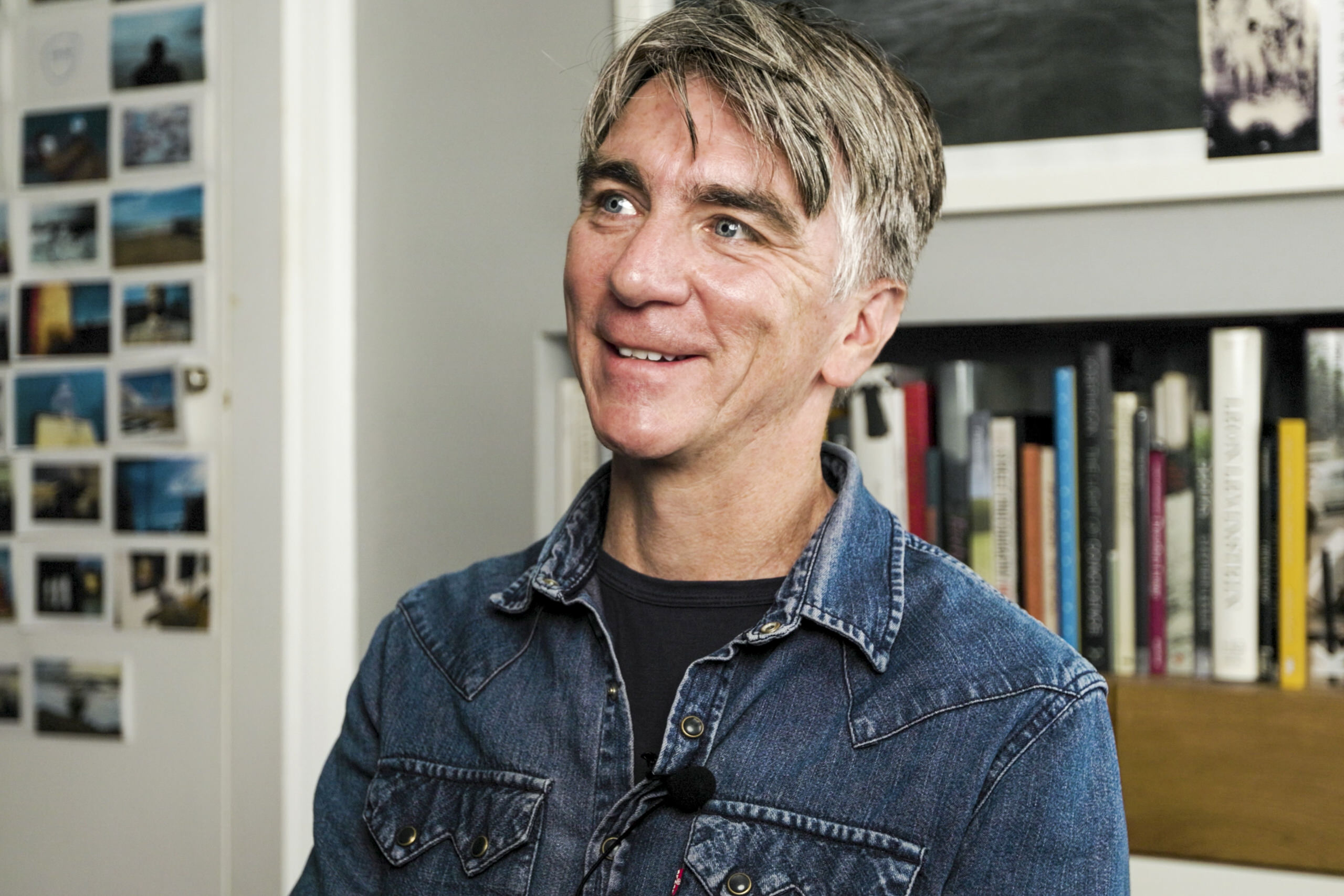
Chris Links:
Website: https://www.chrisharrison.co.uk/
Instagram: https://www.instagram.com/chrisharrison_photo
Facebook: https://www.facebook.com/chrisharris0n
Threads: https://www.threads.net/@chrisharrison_photo

